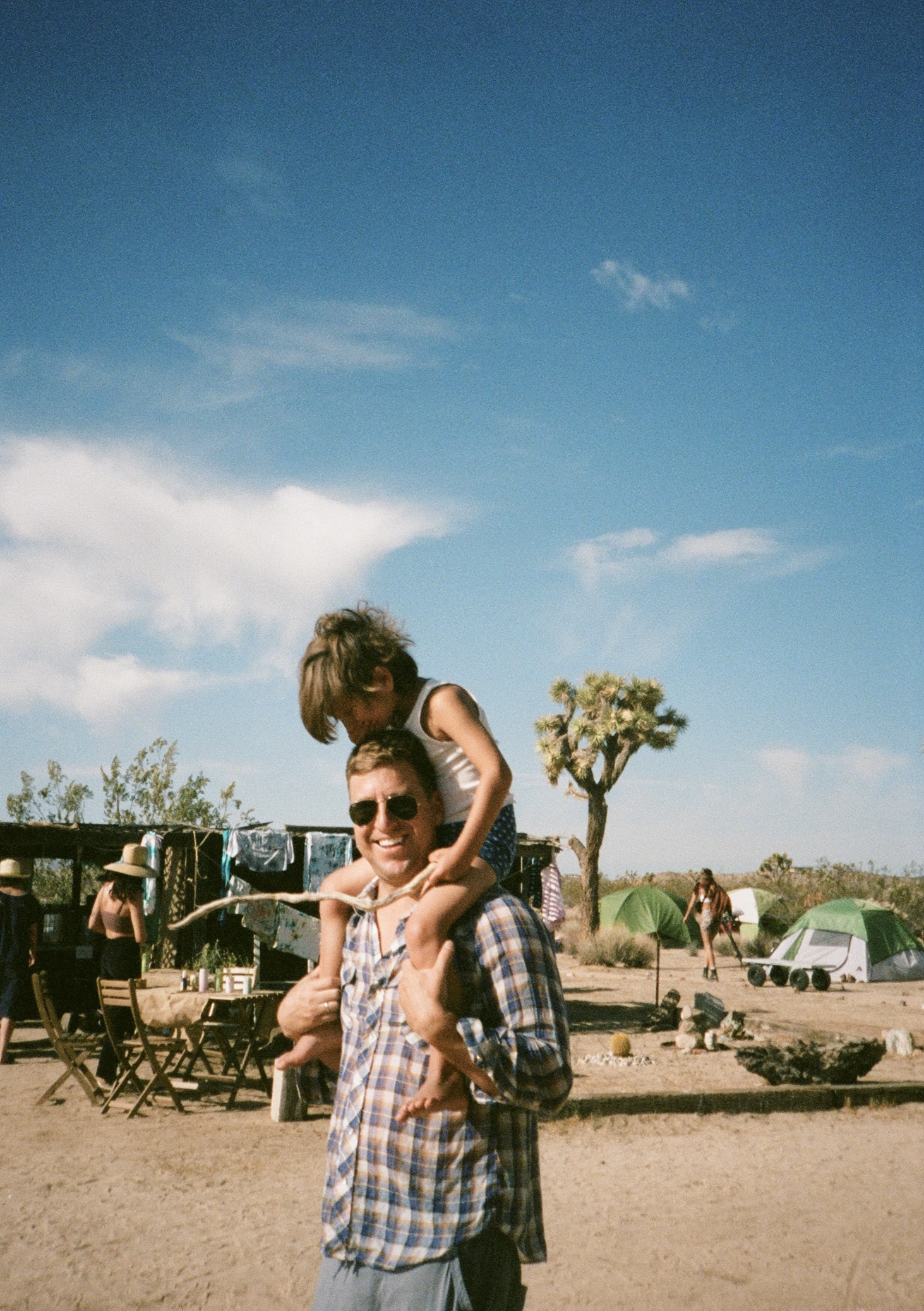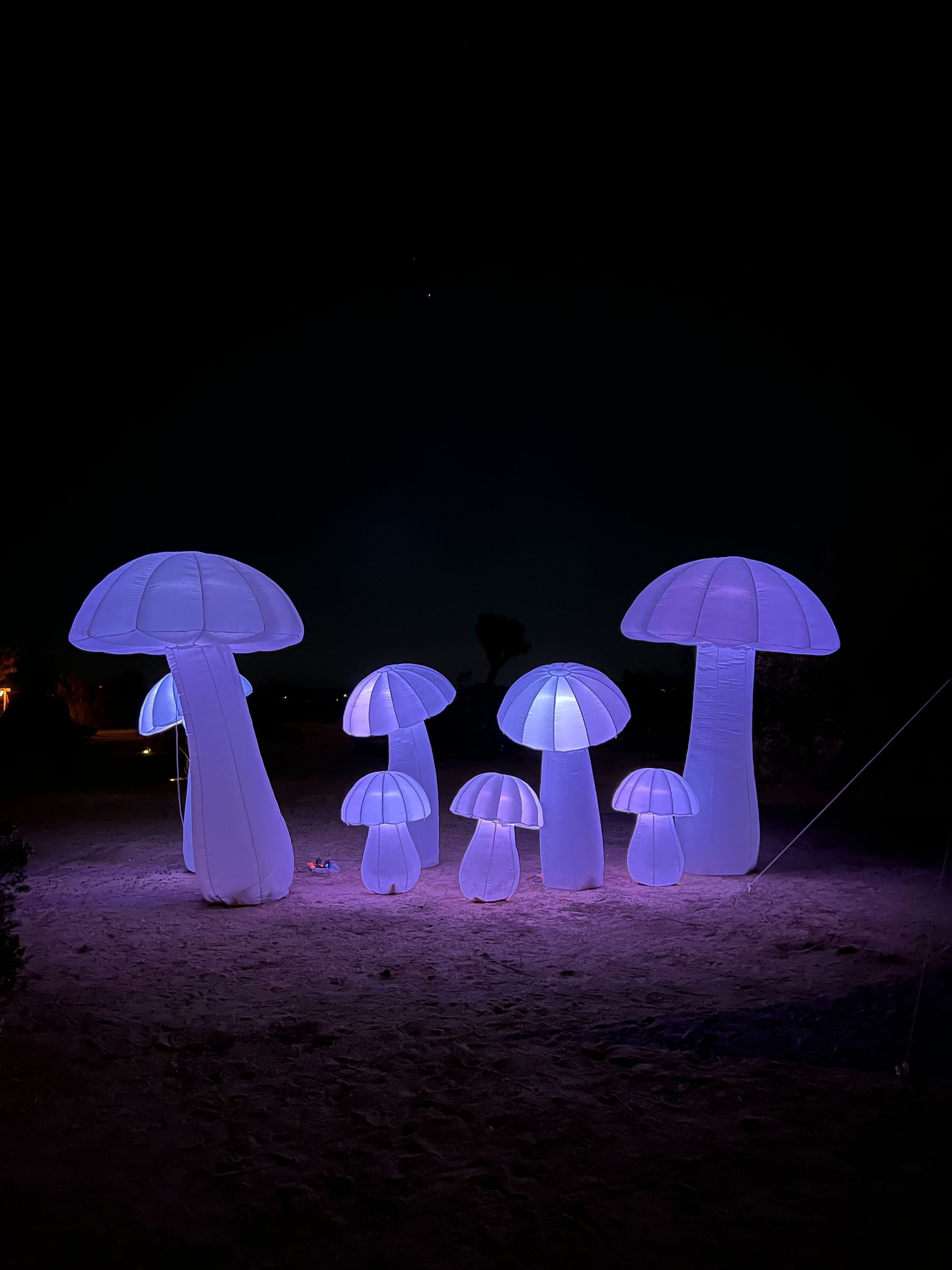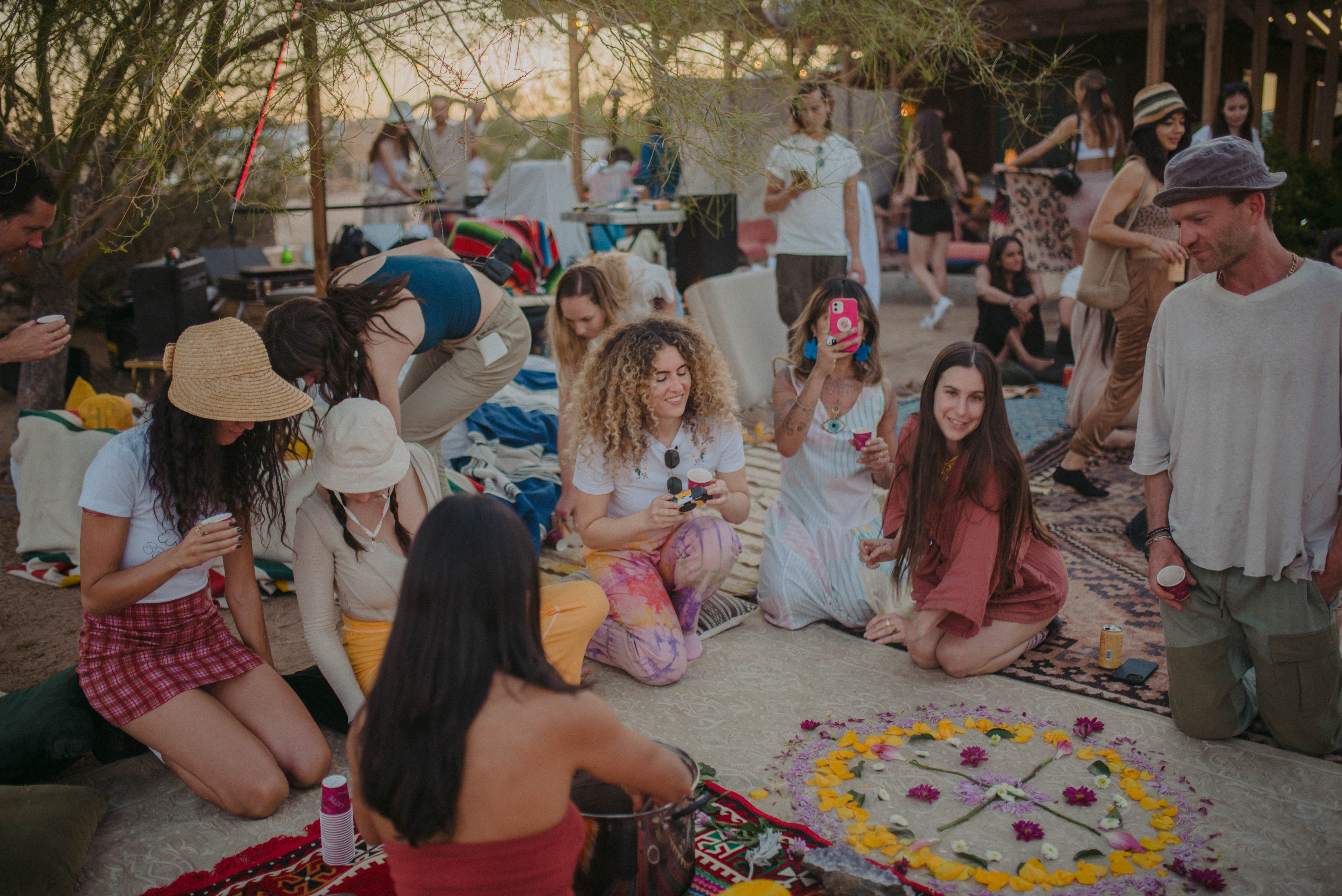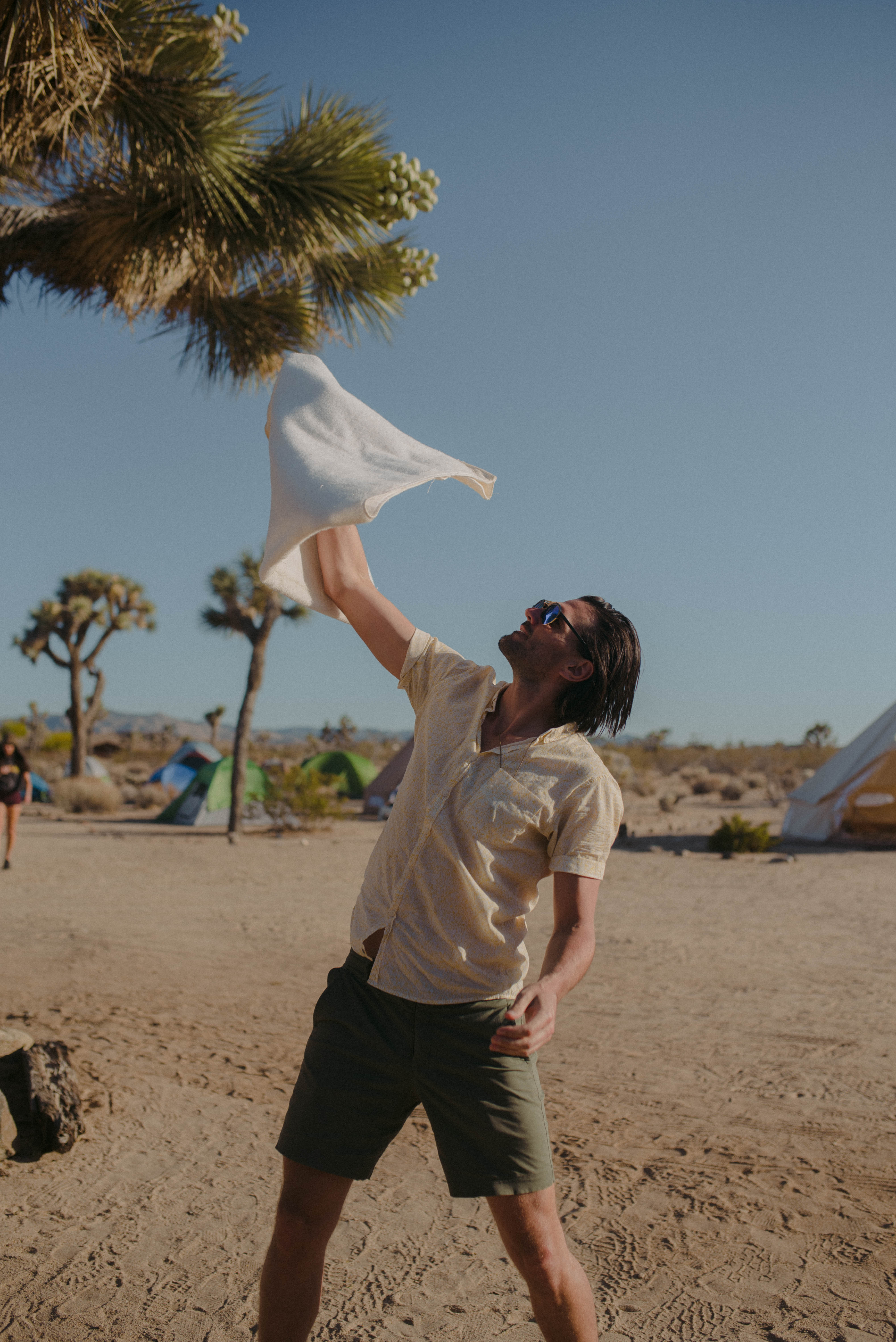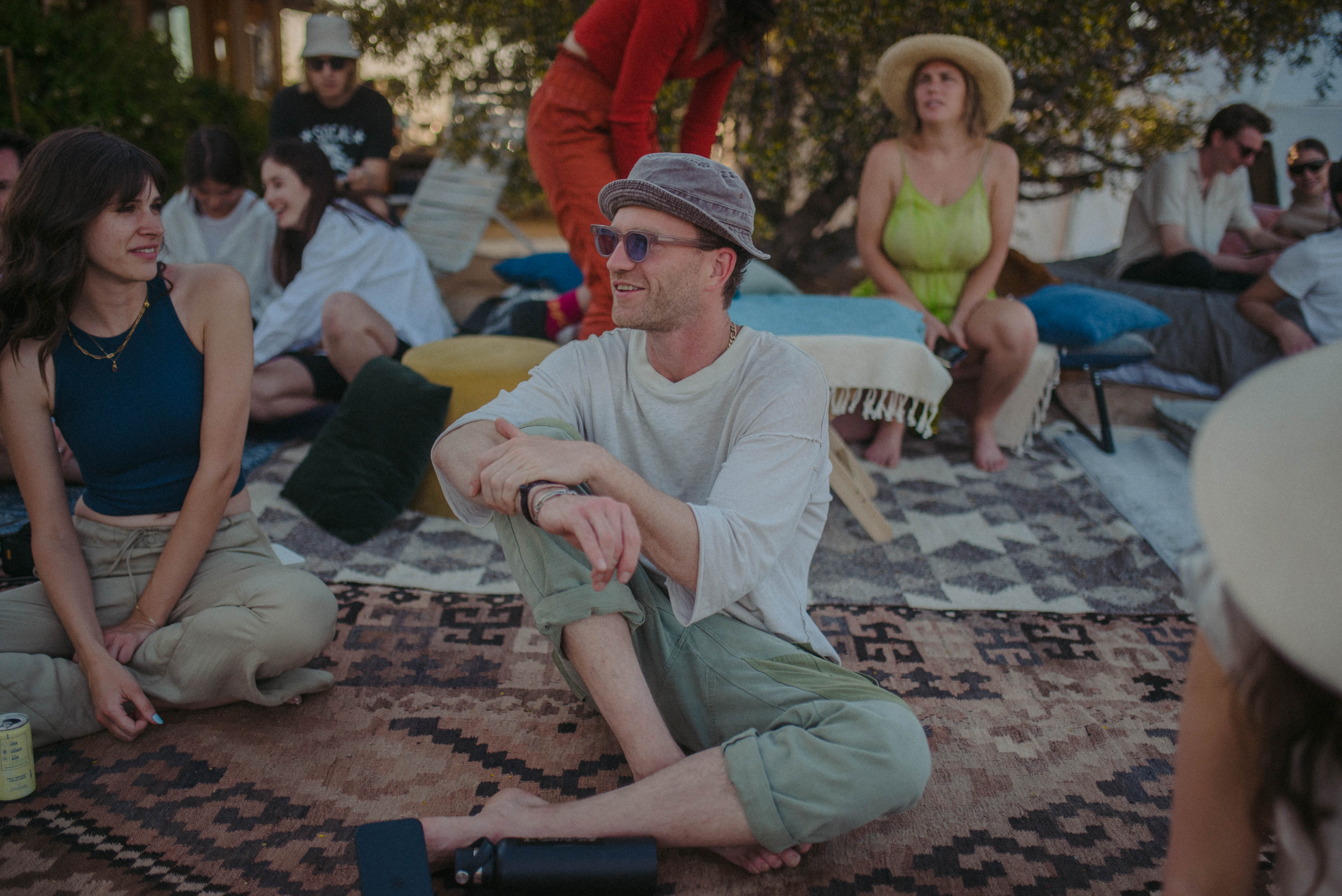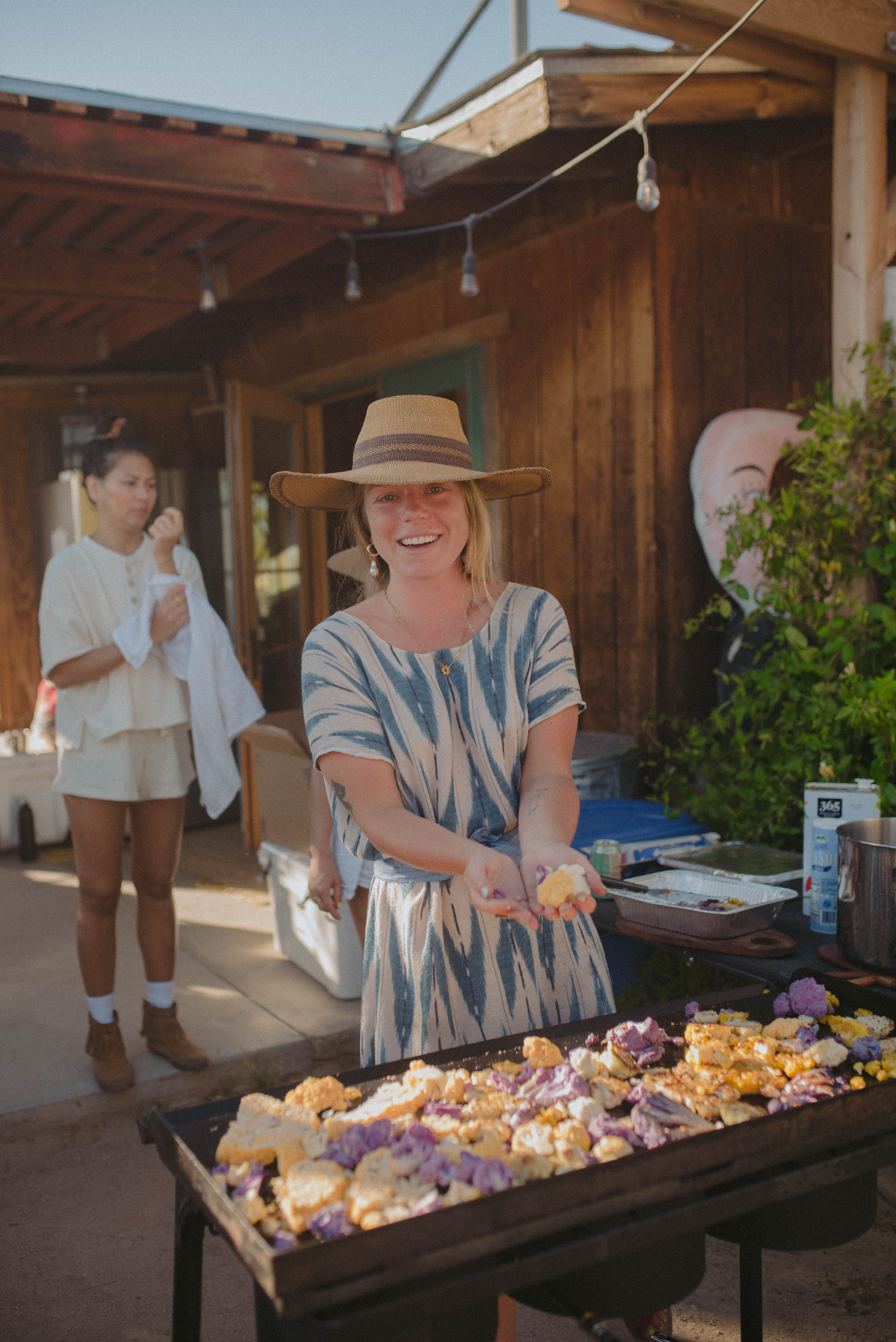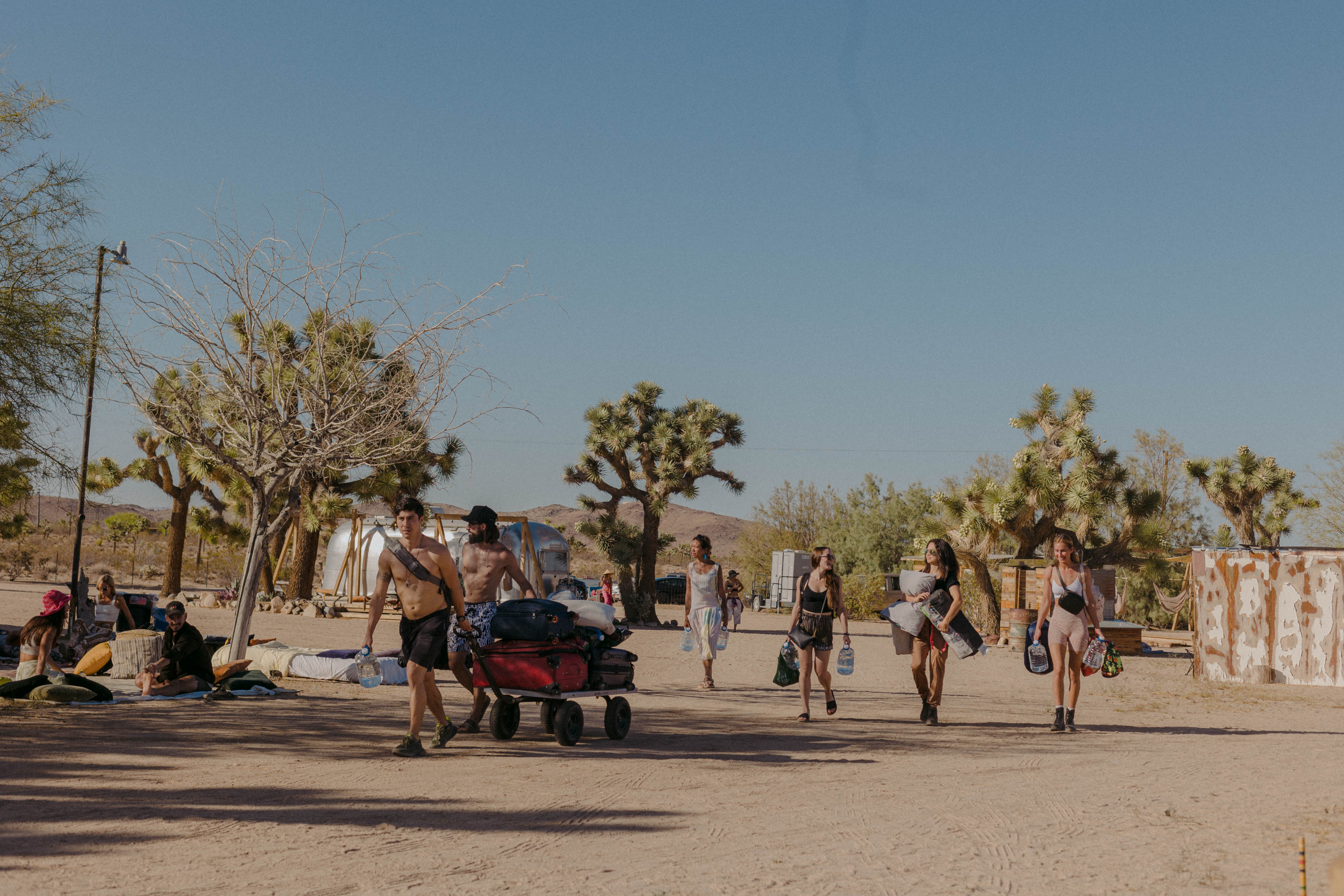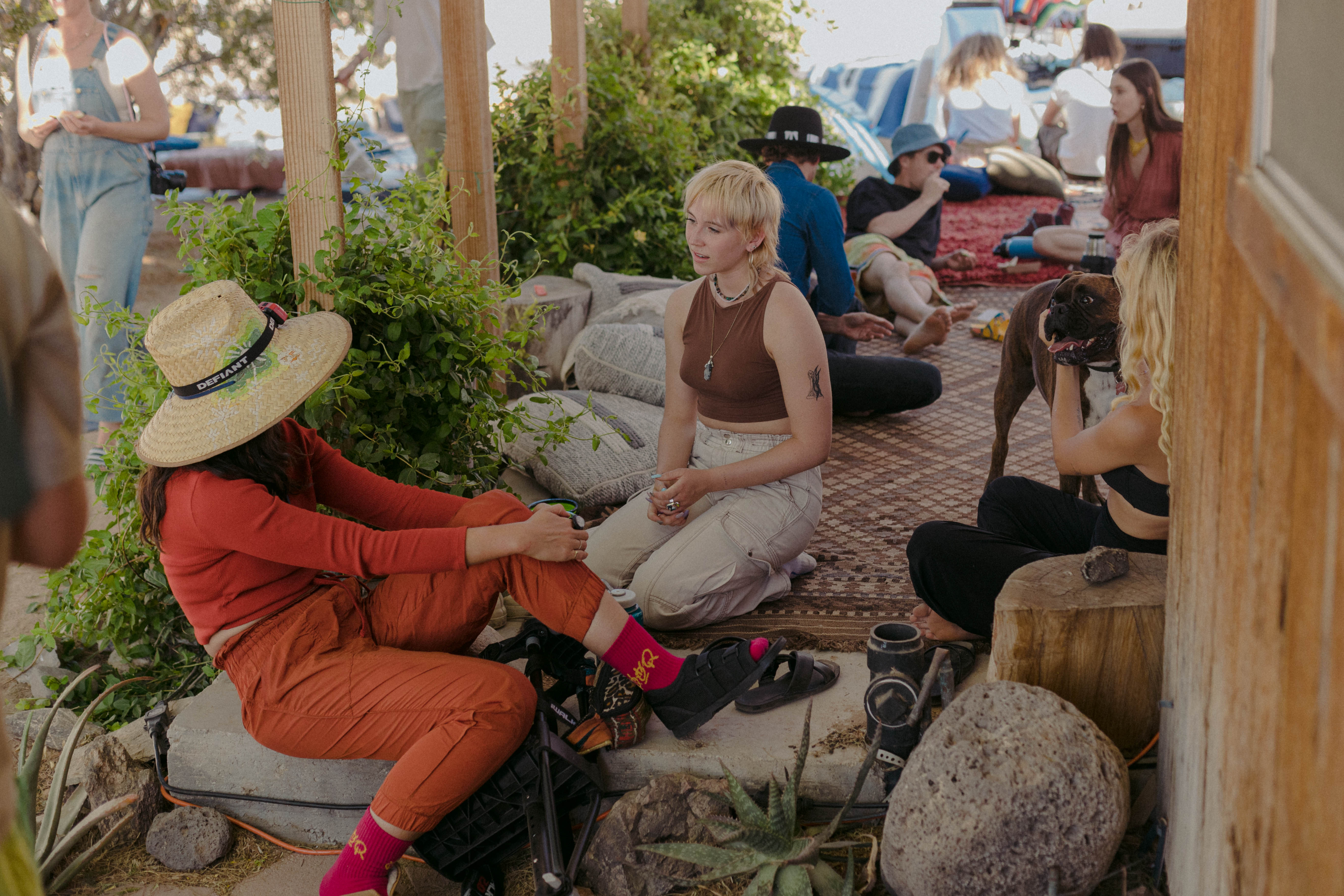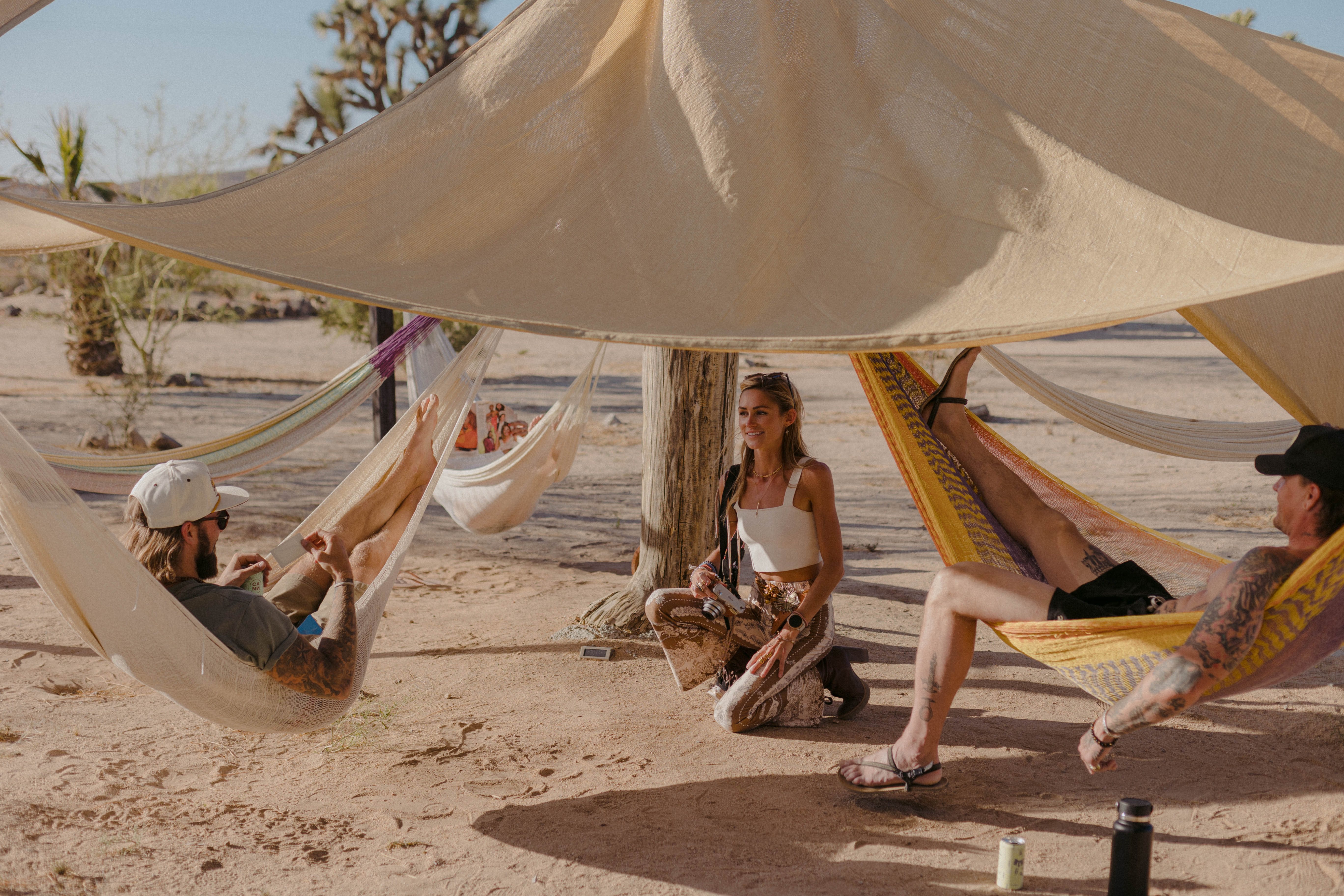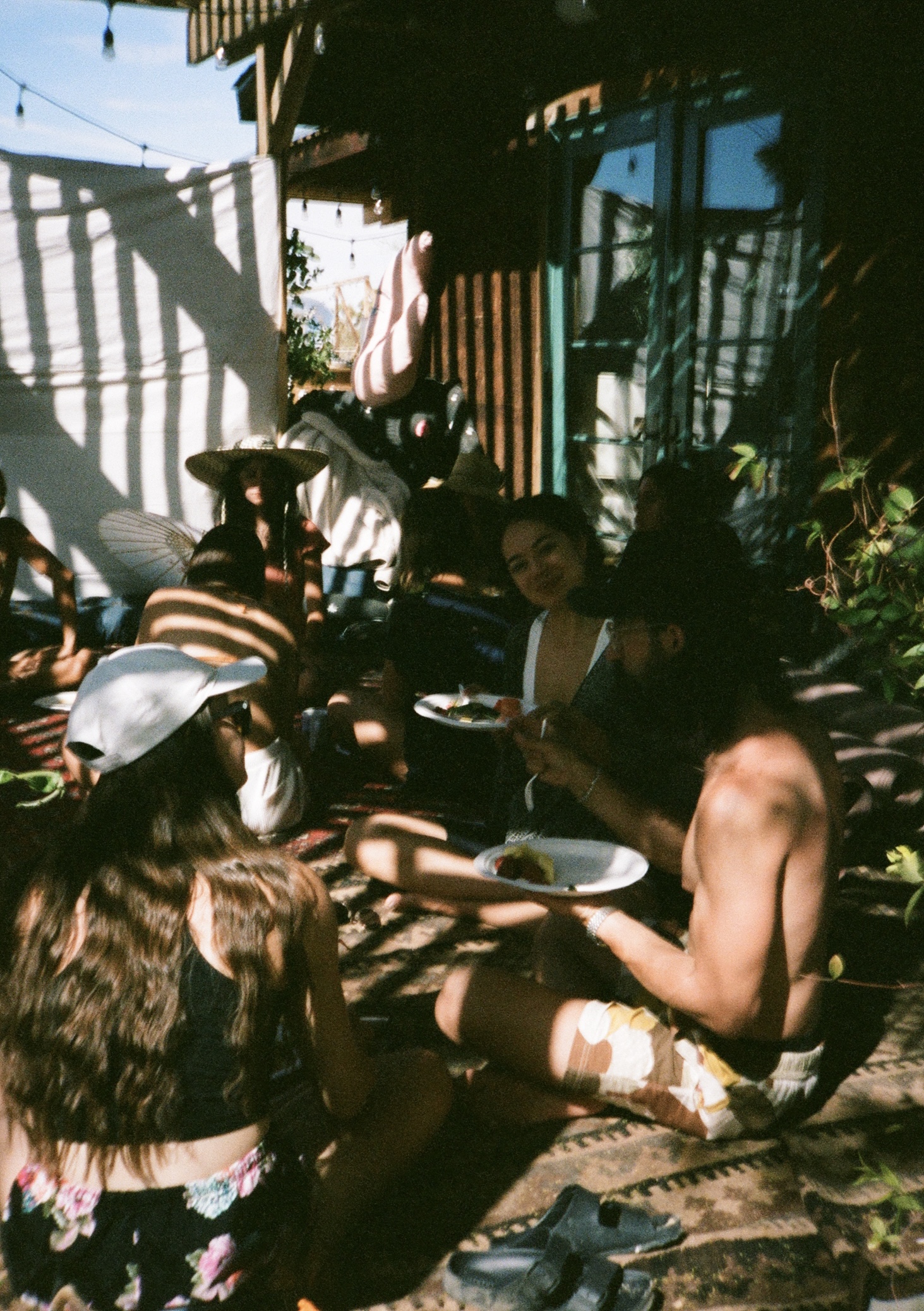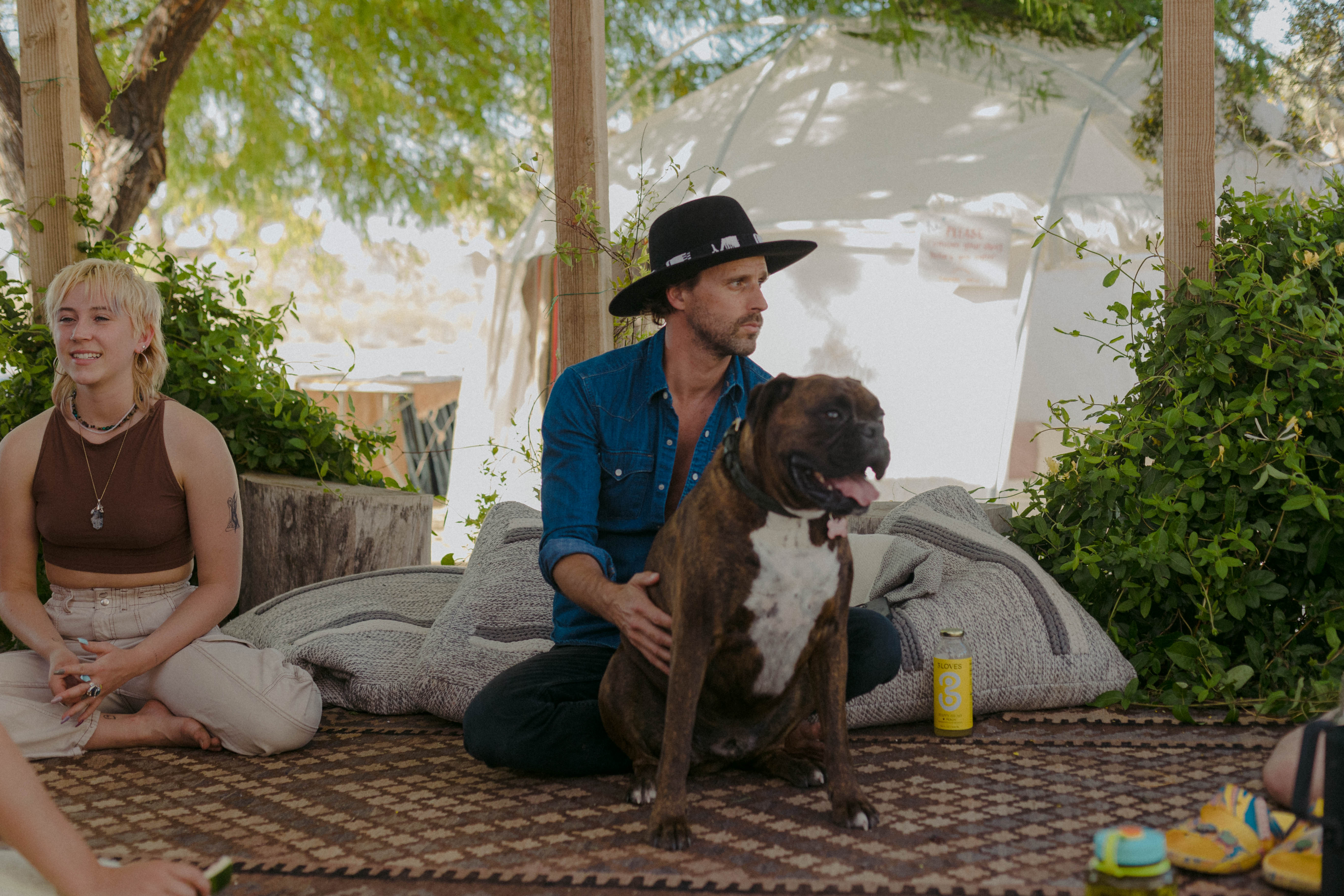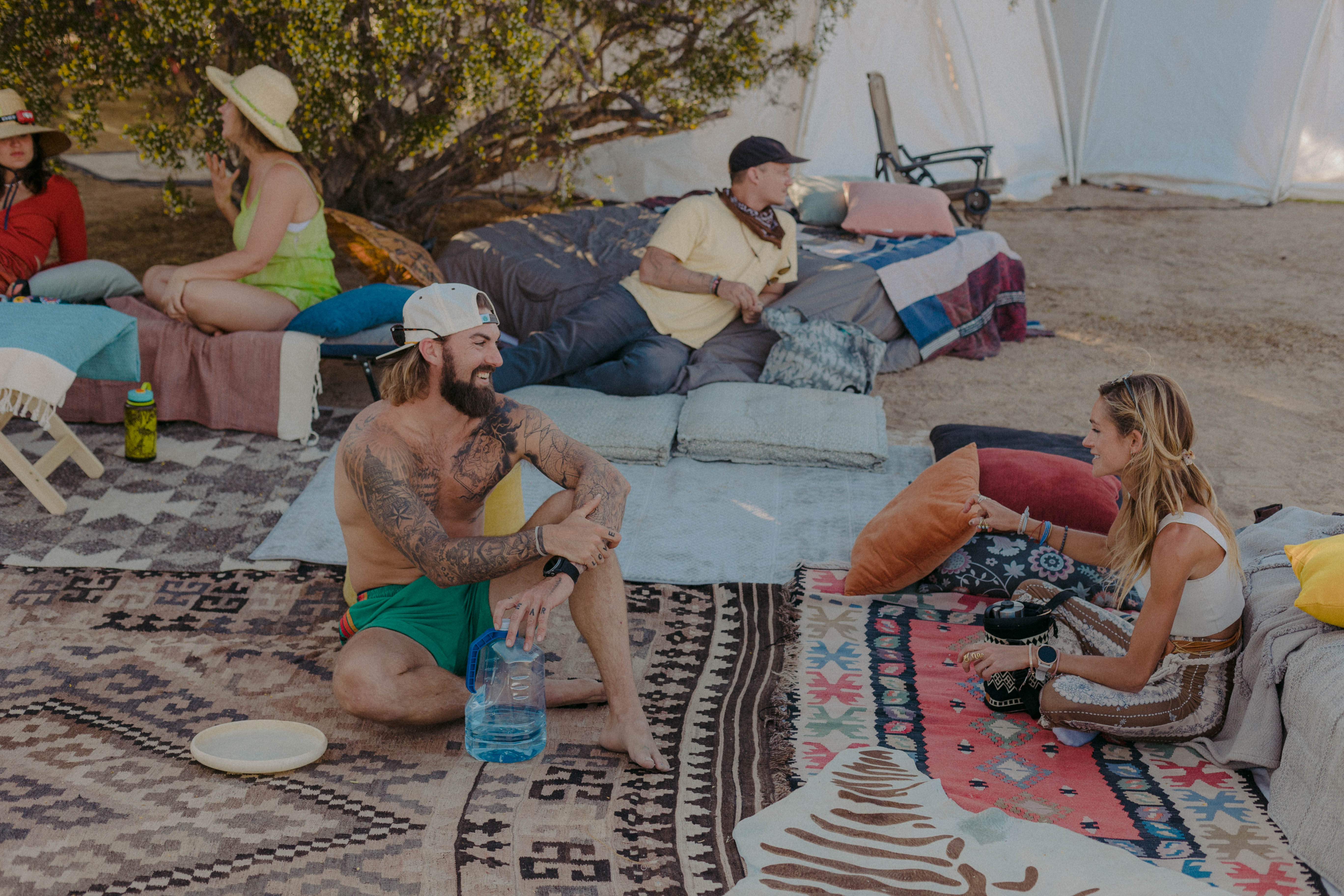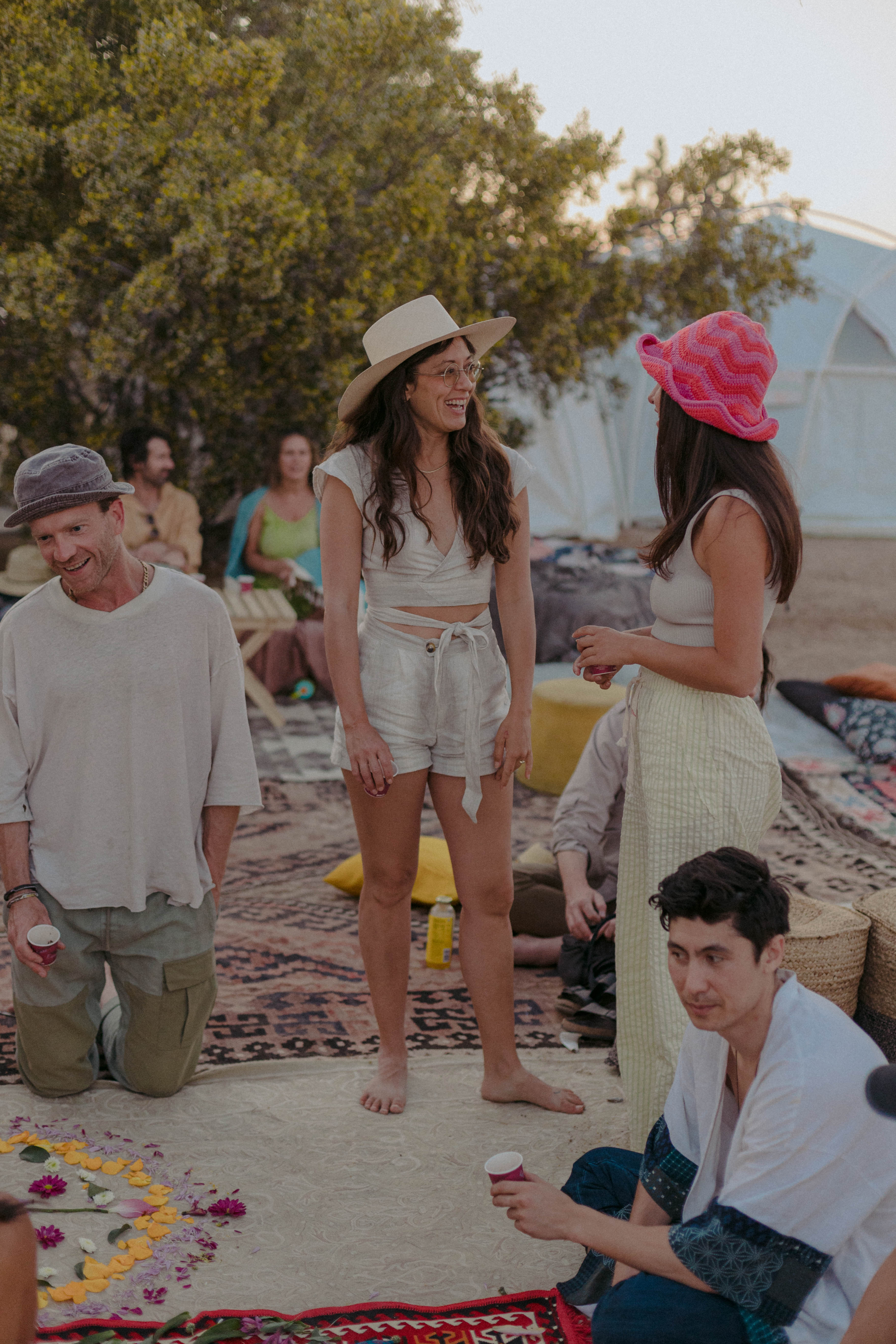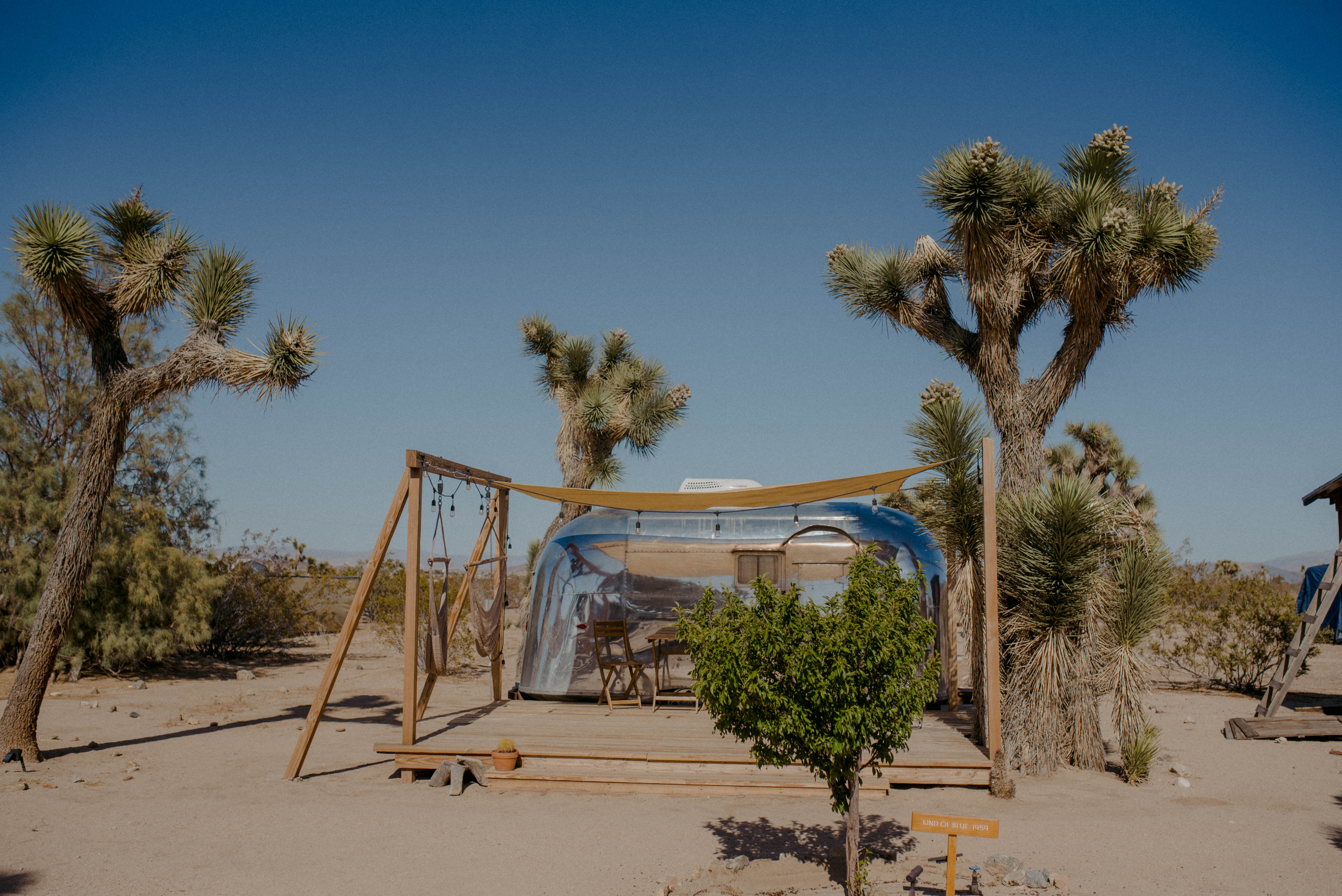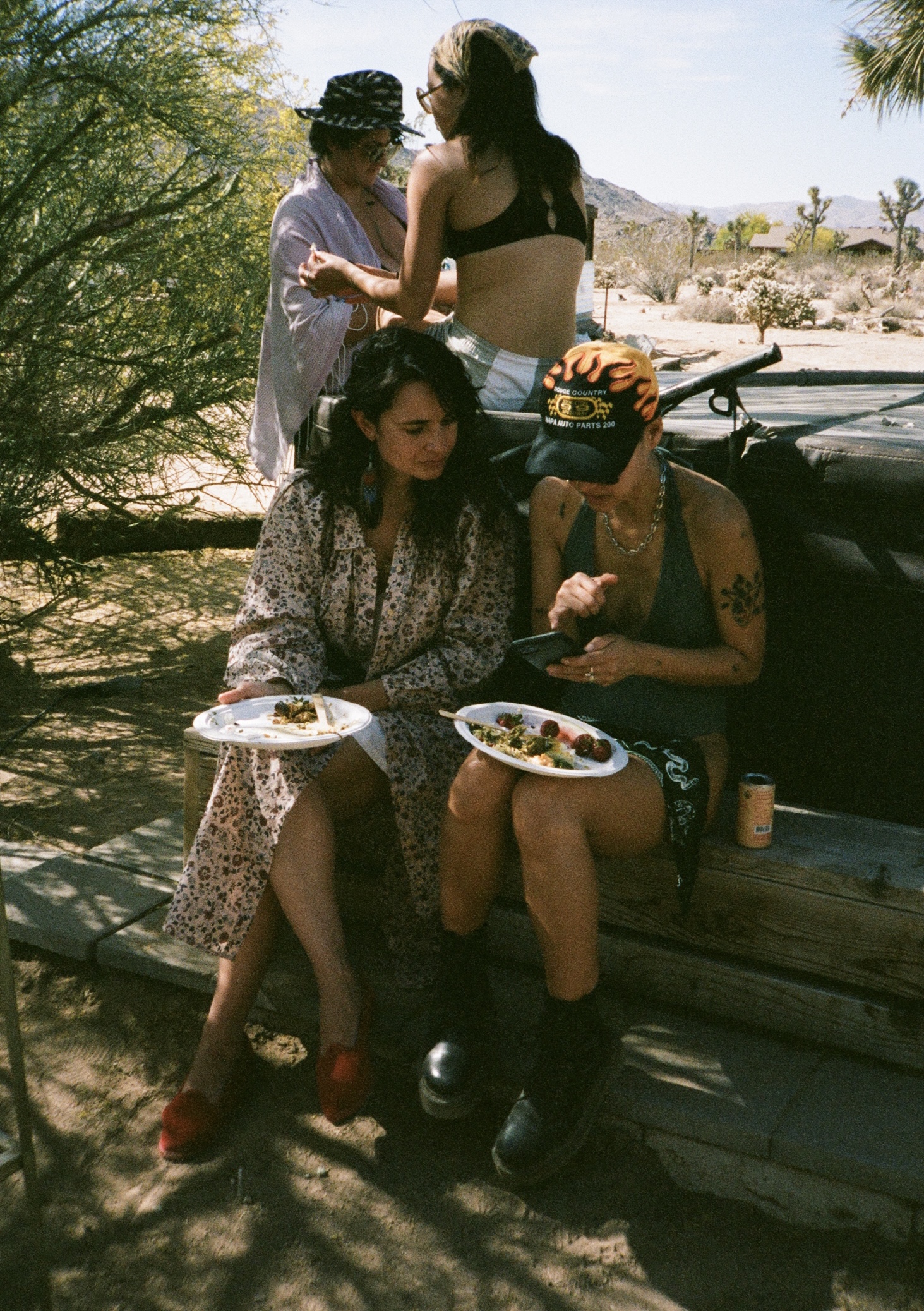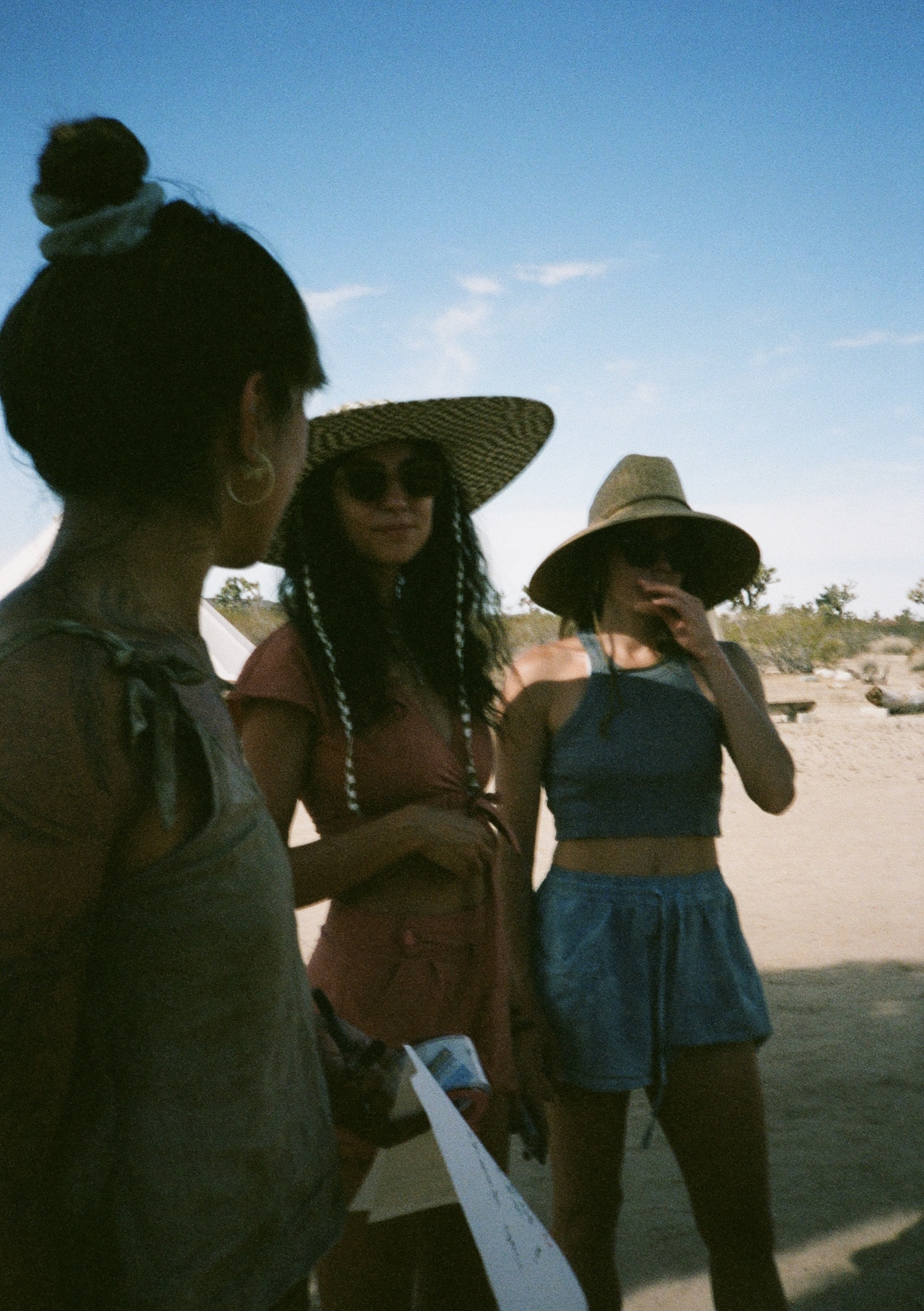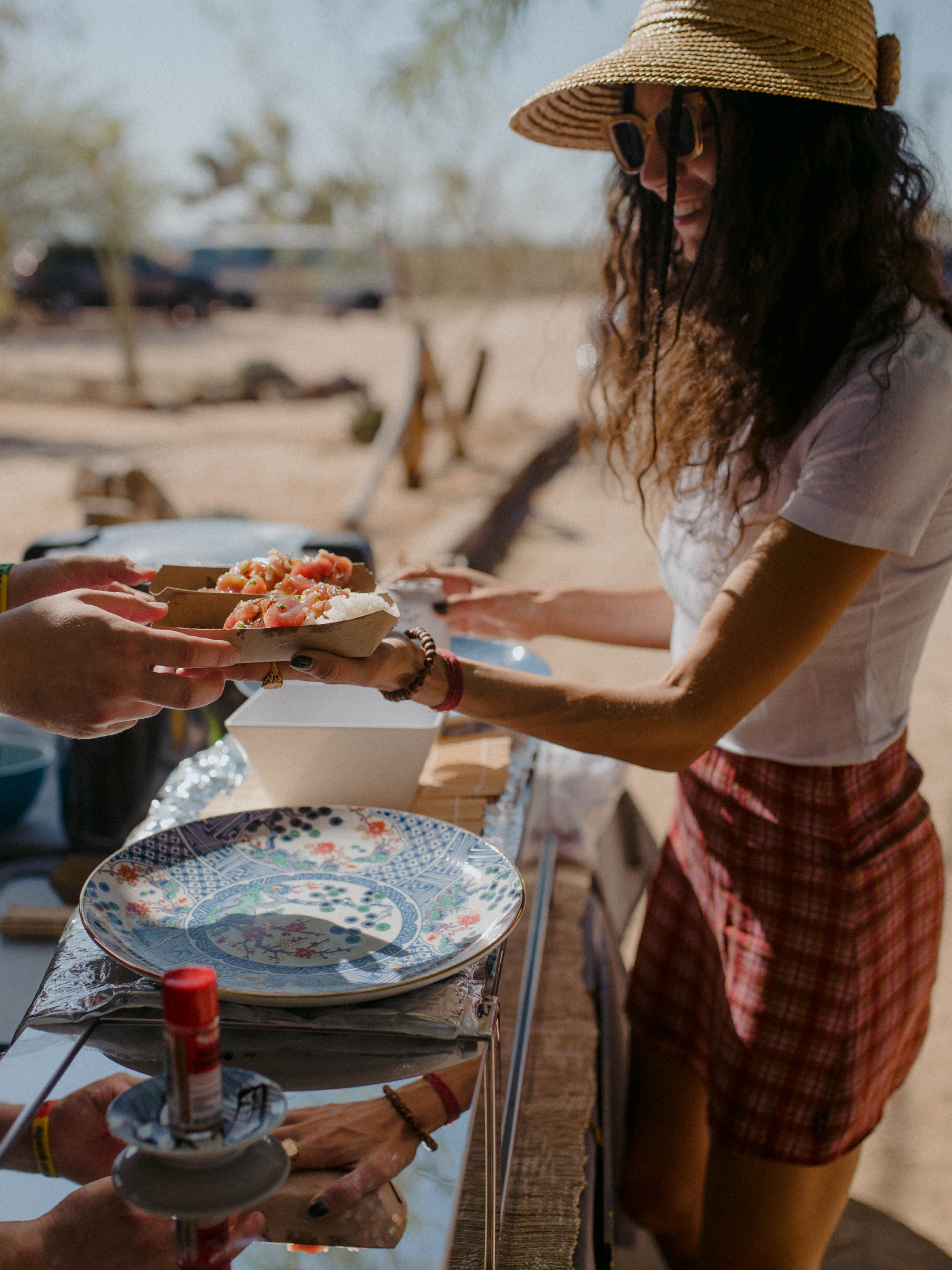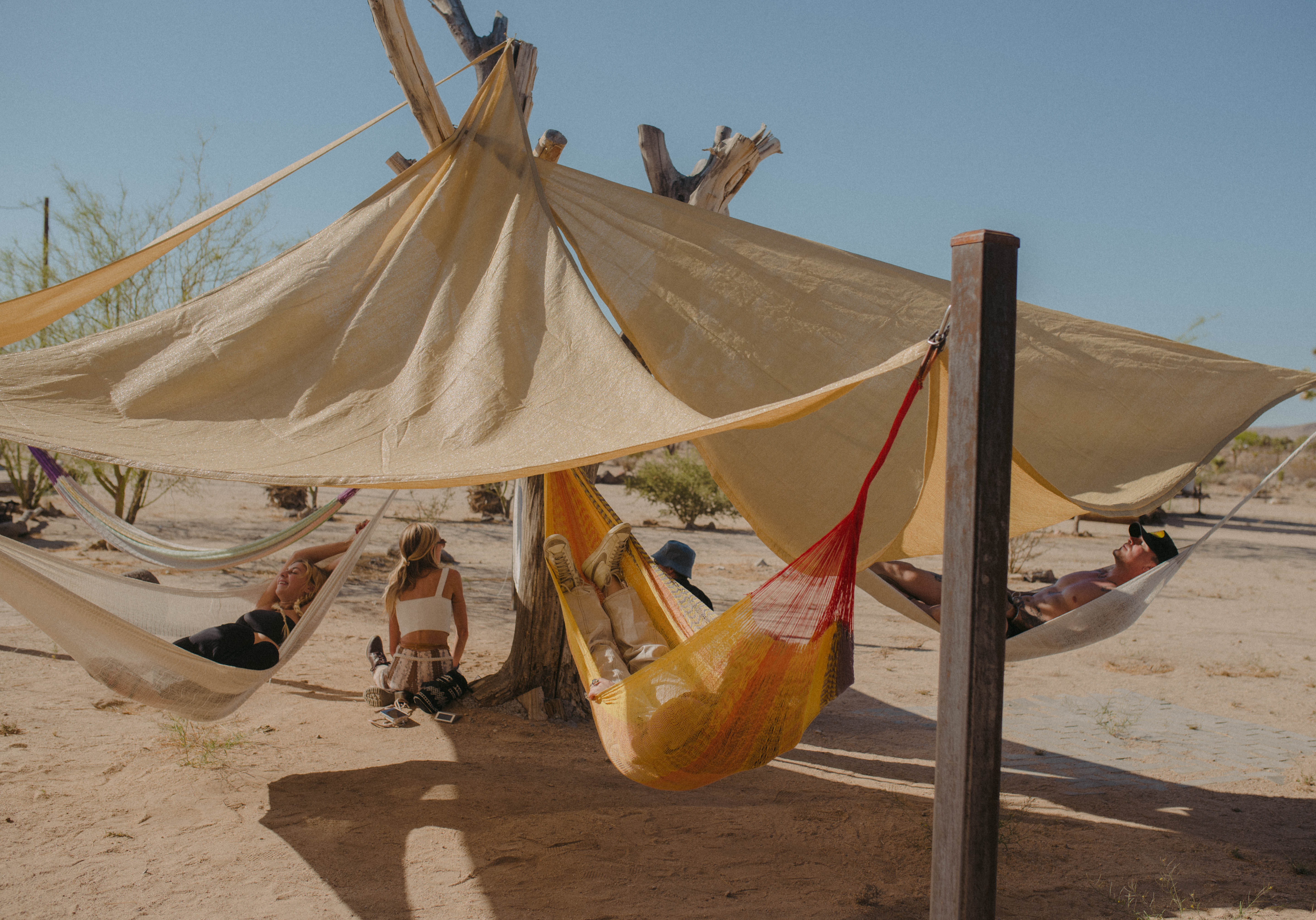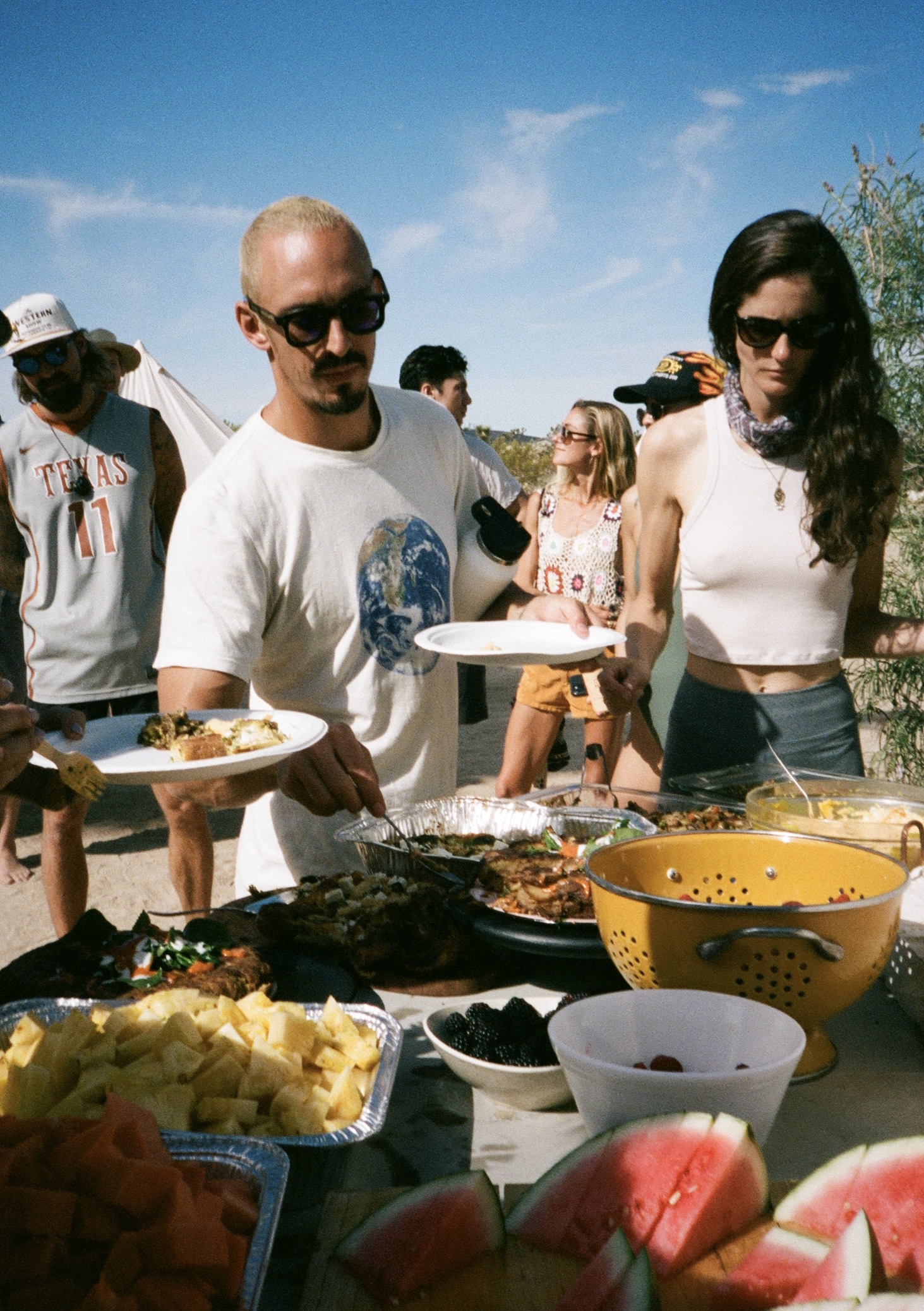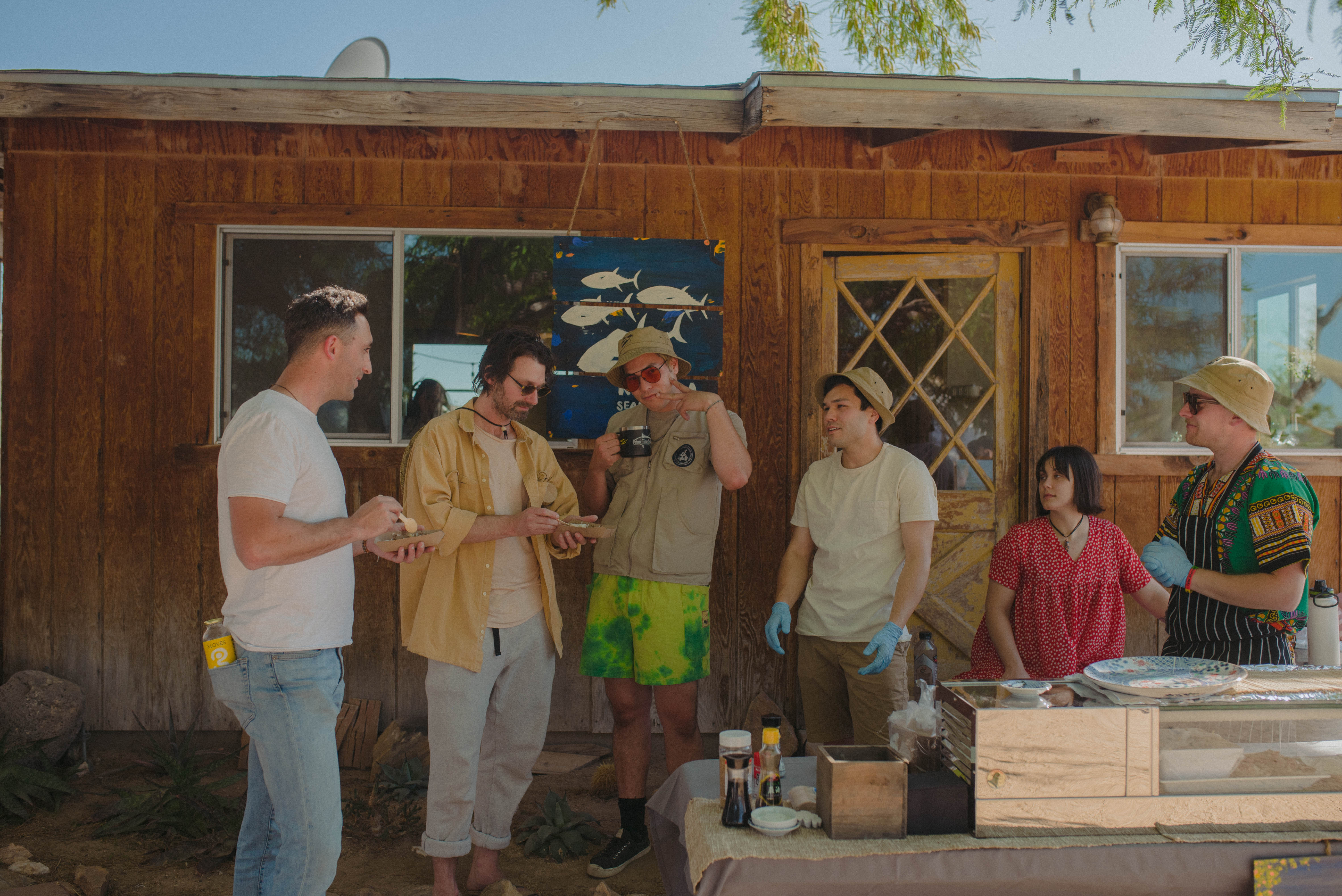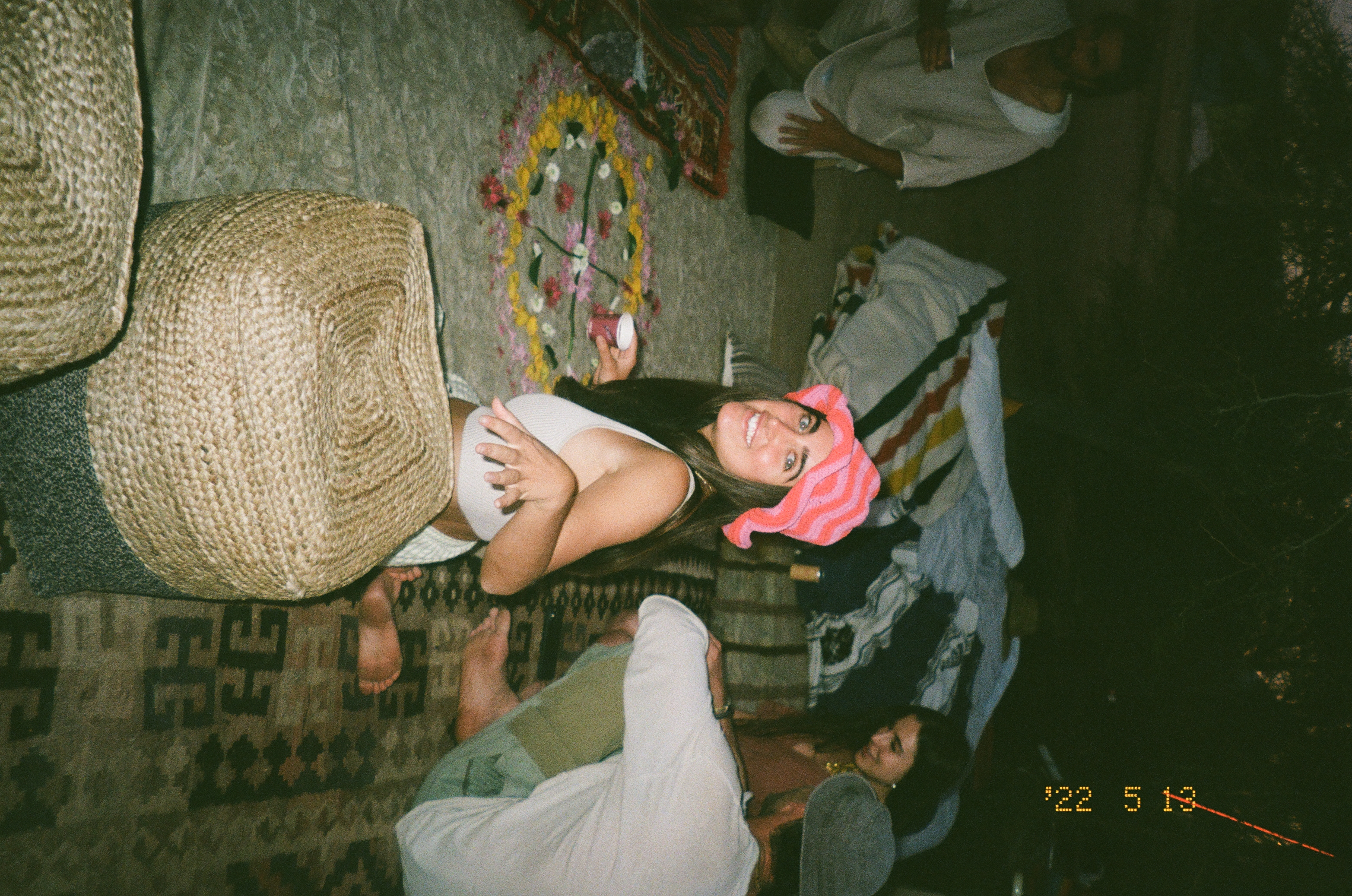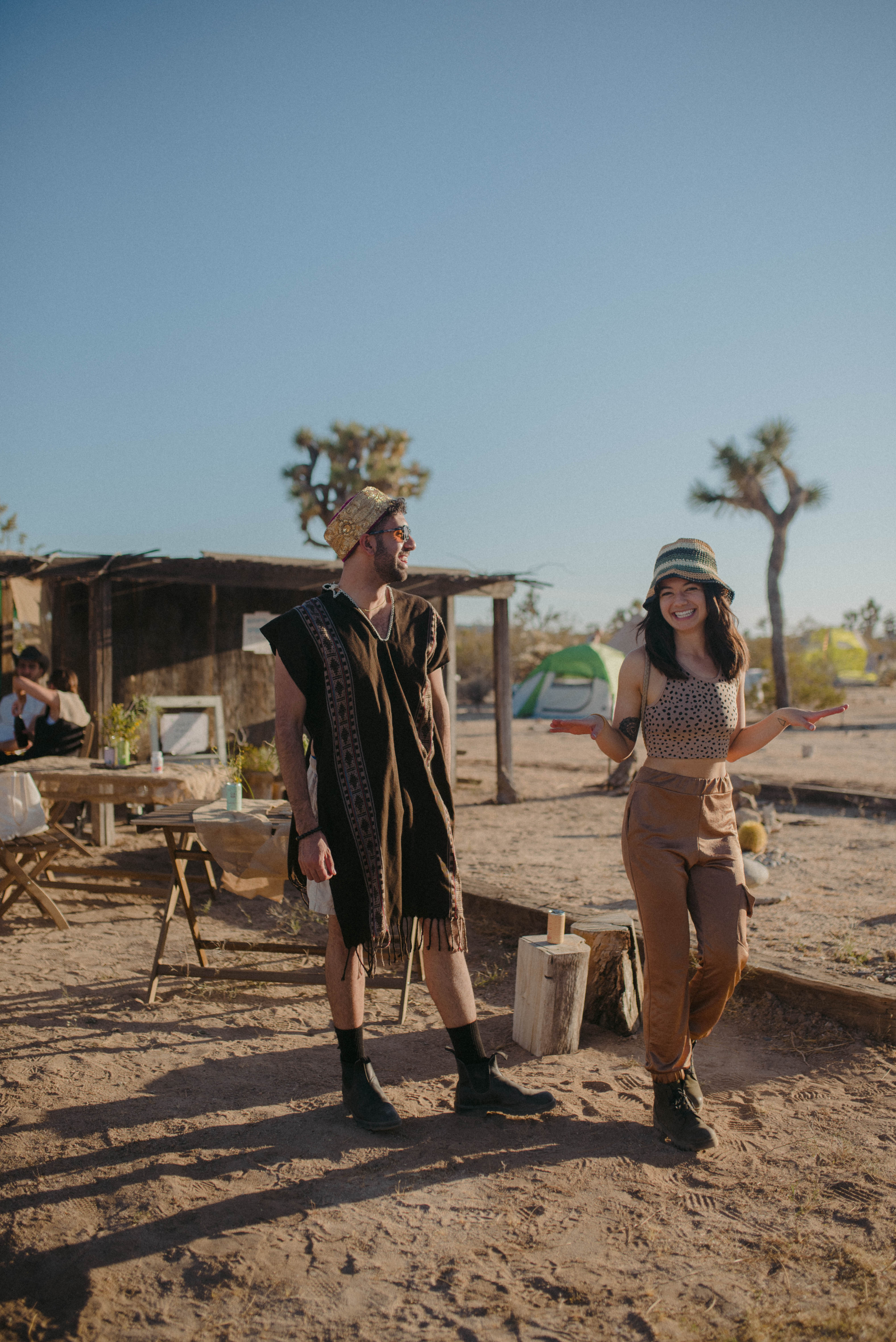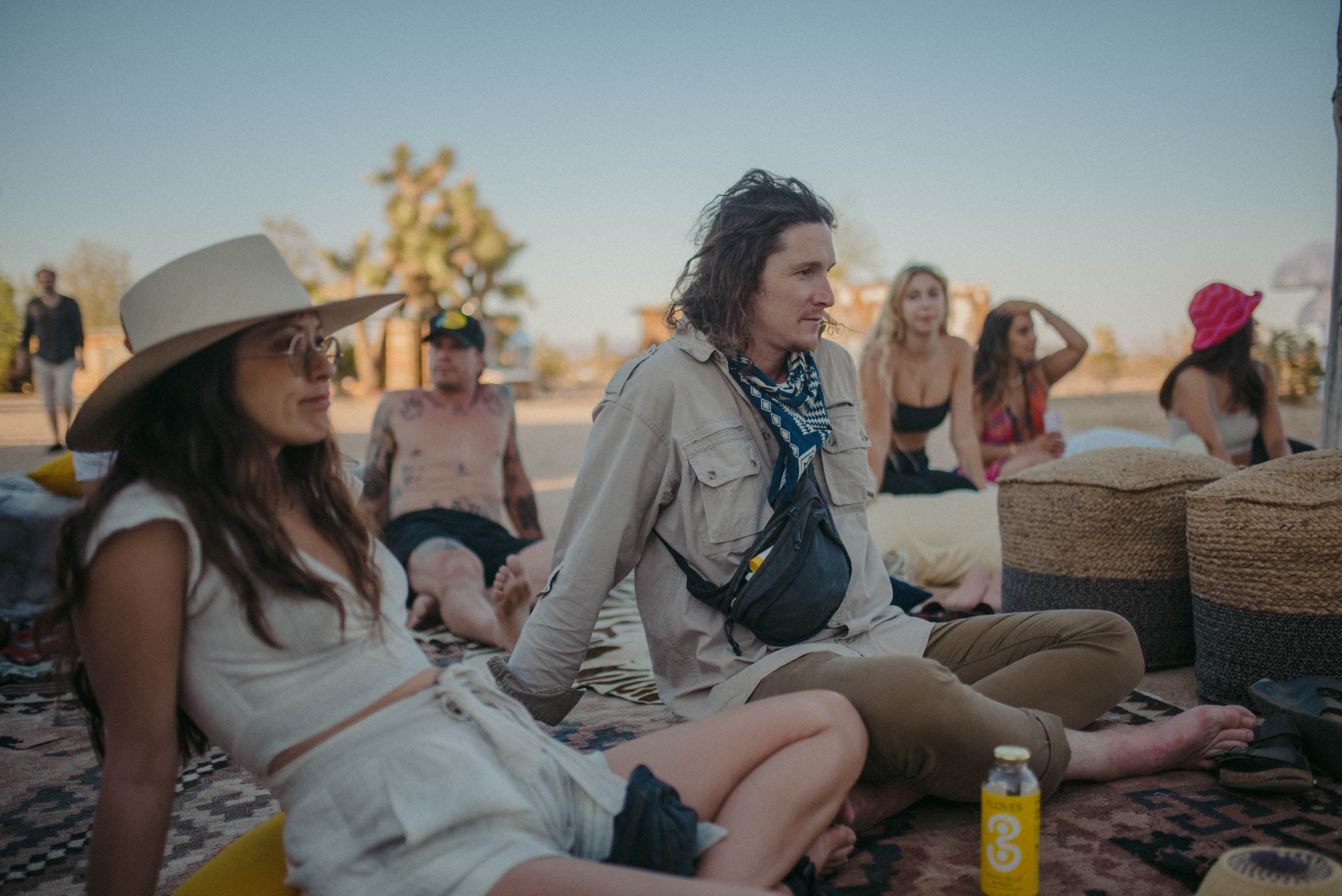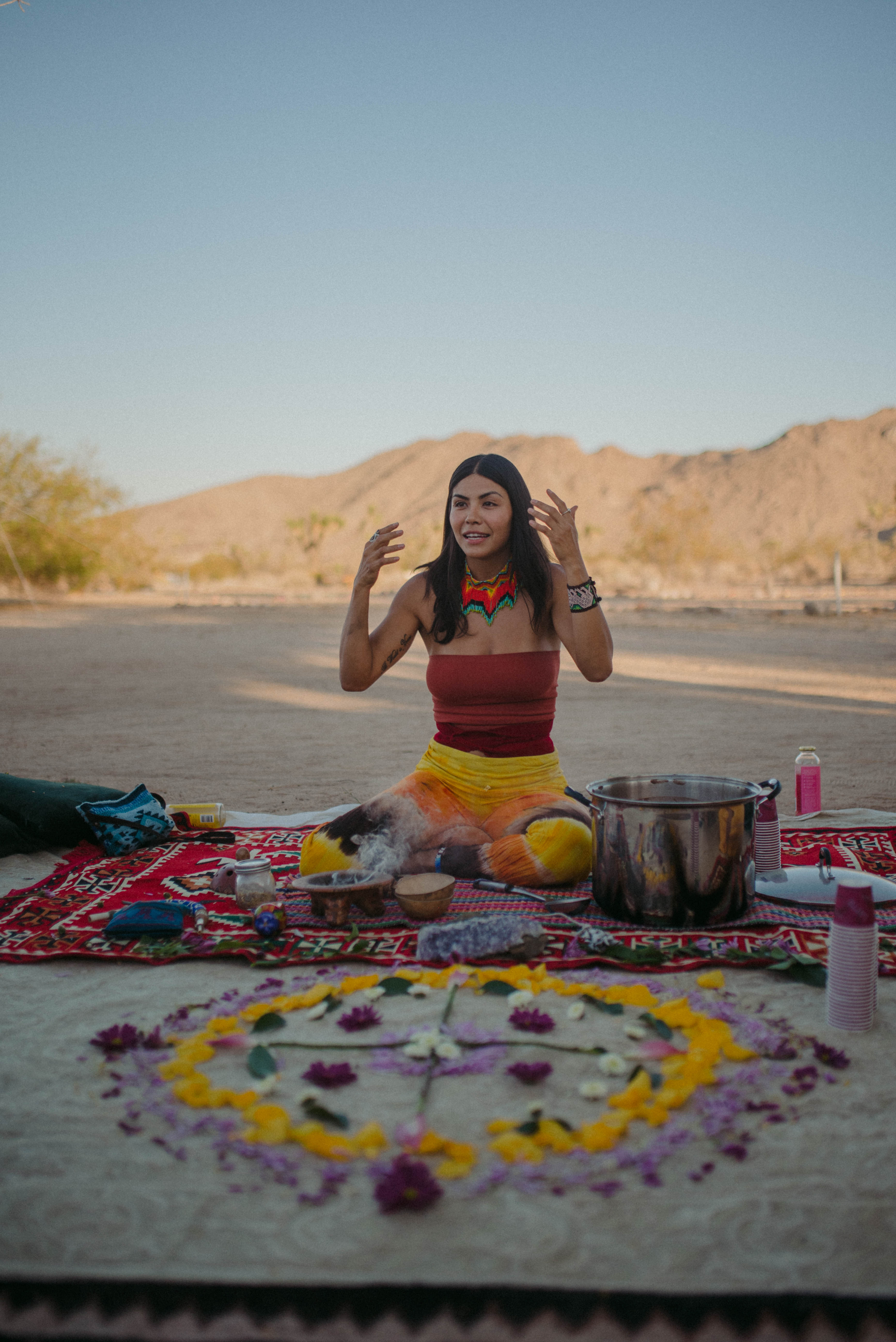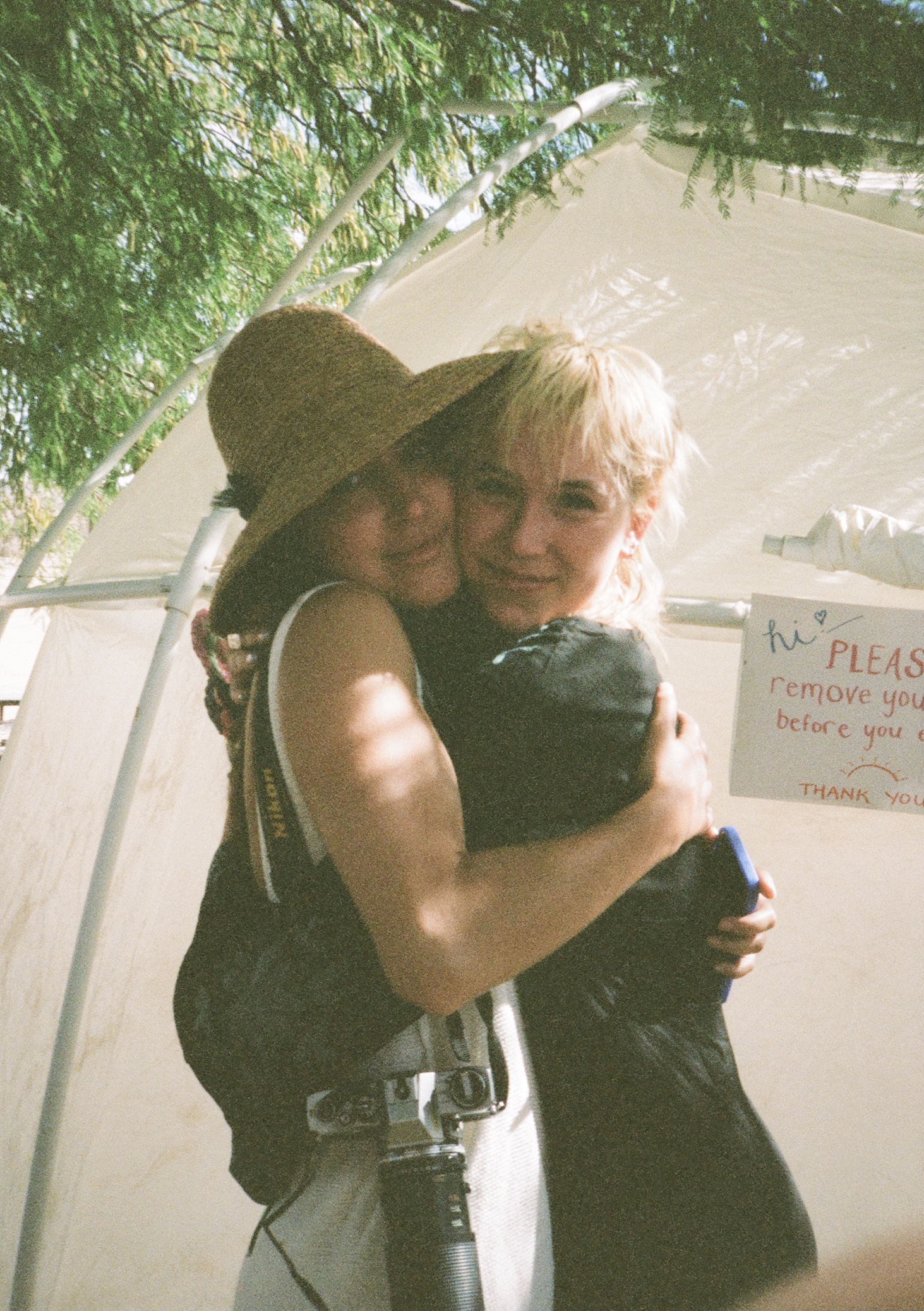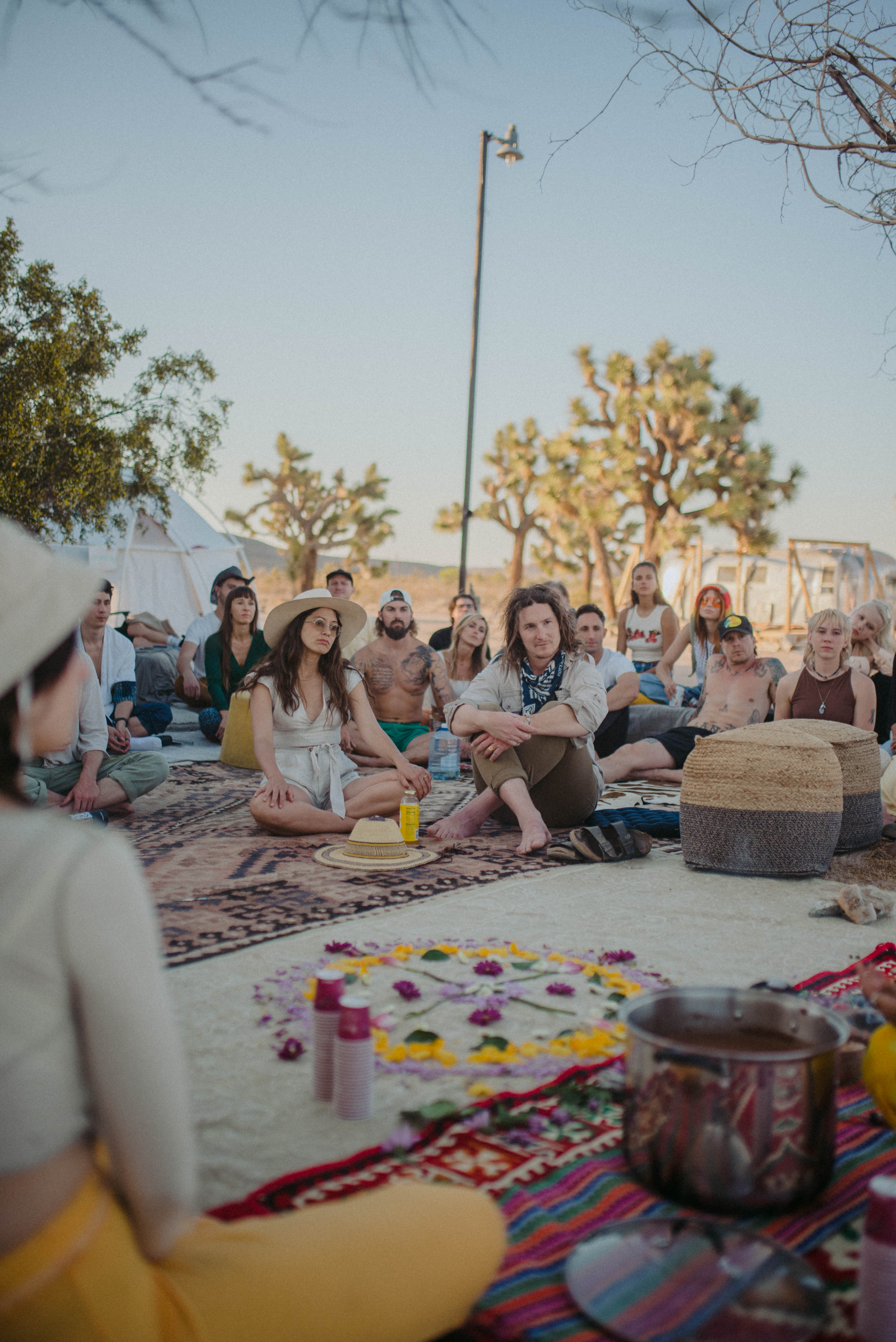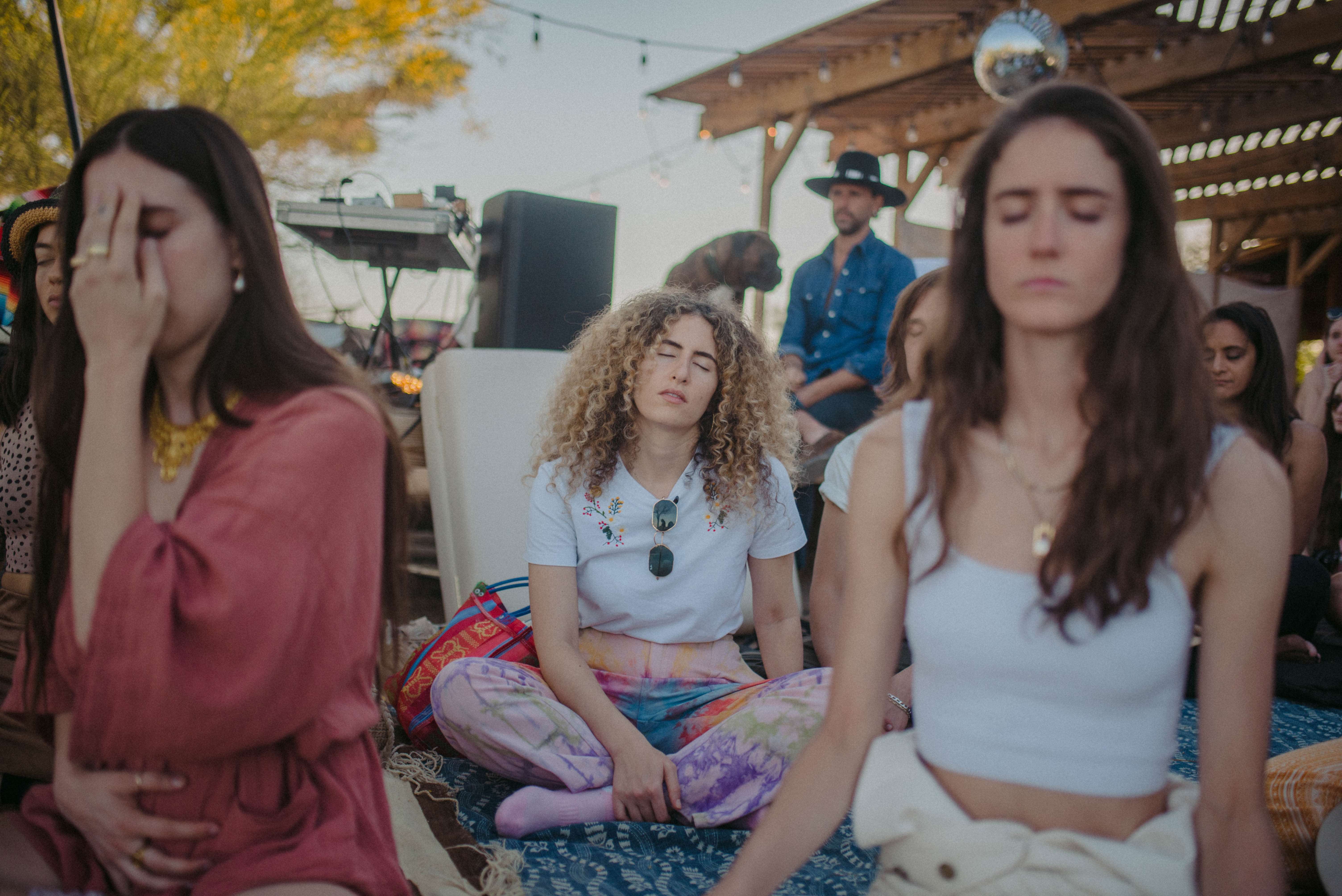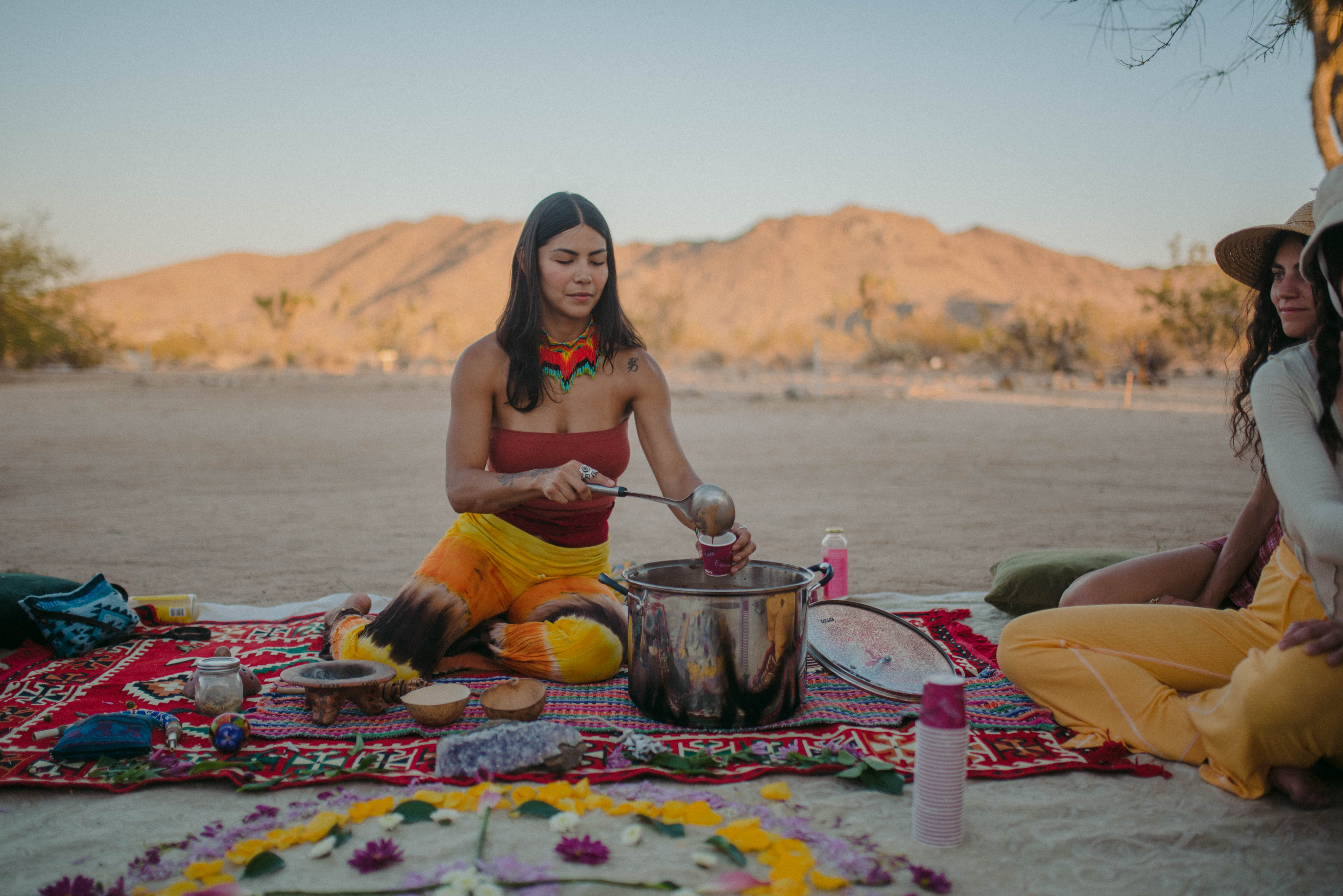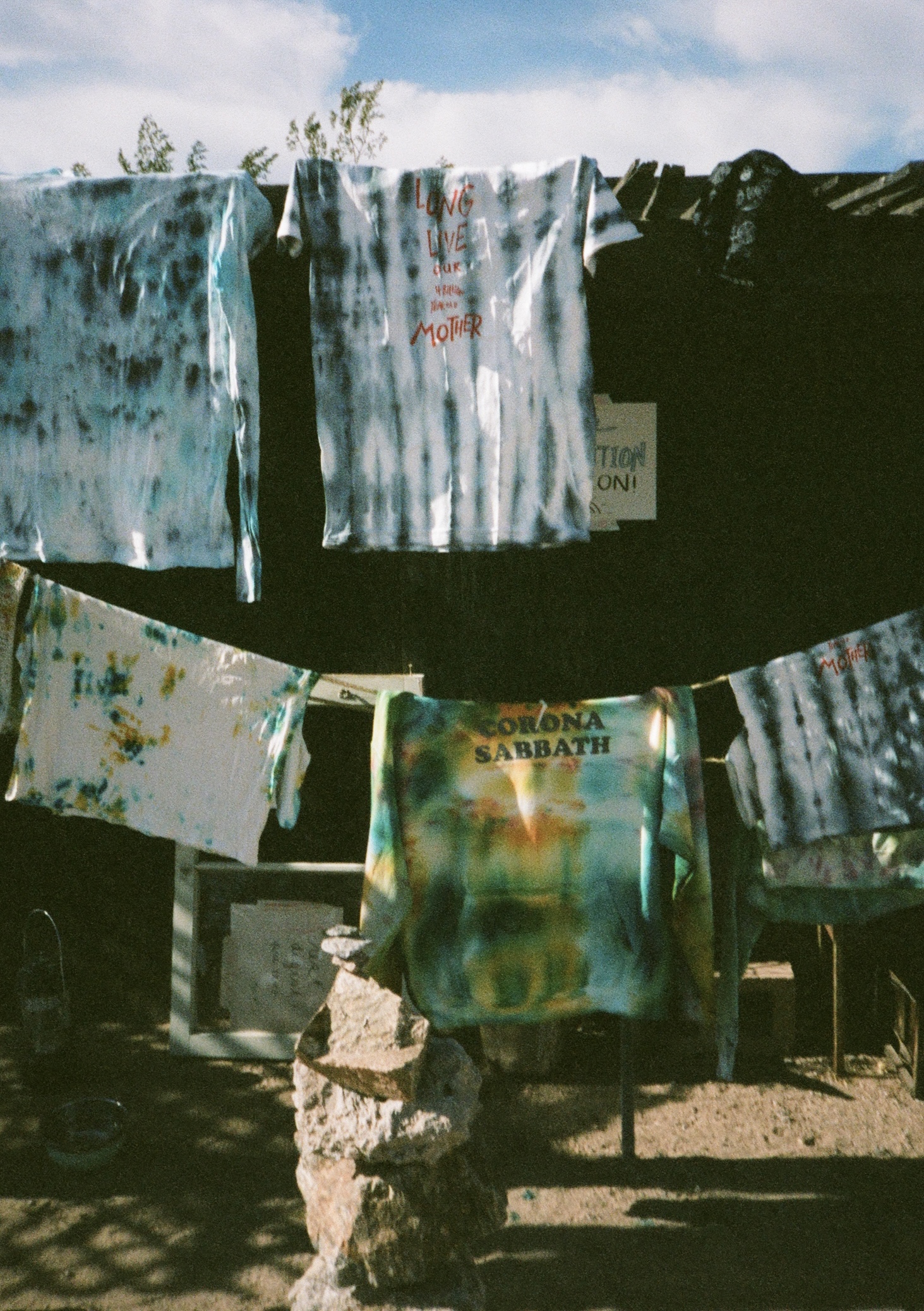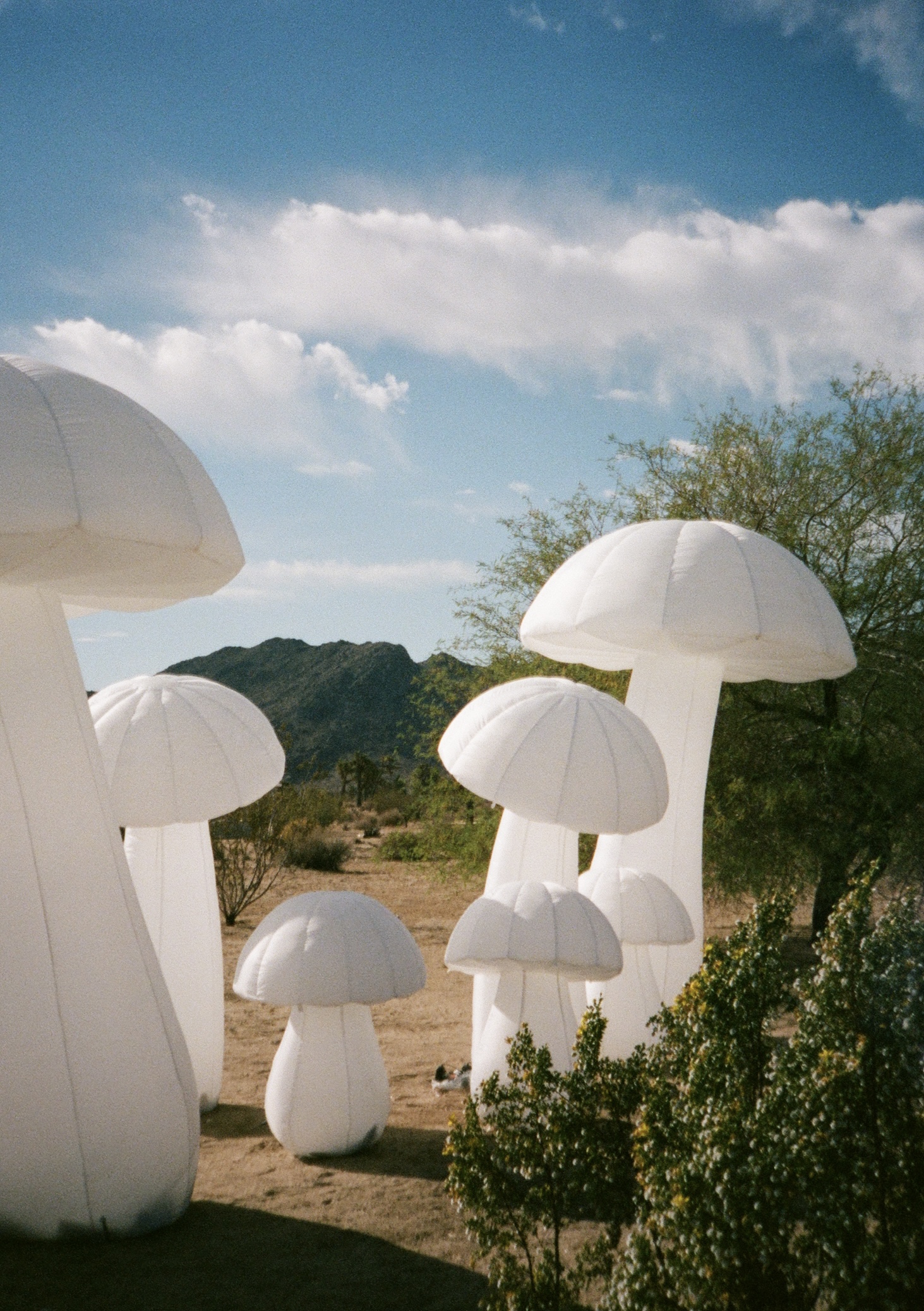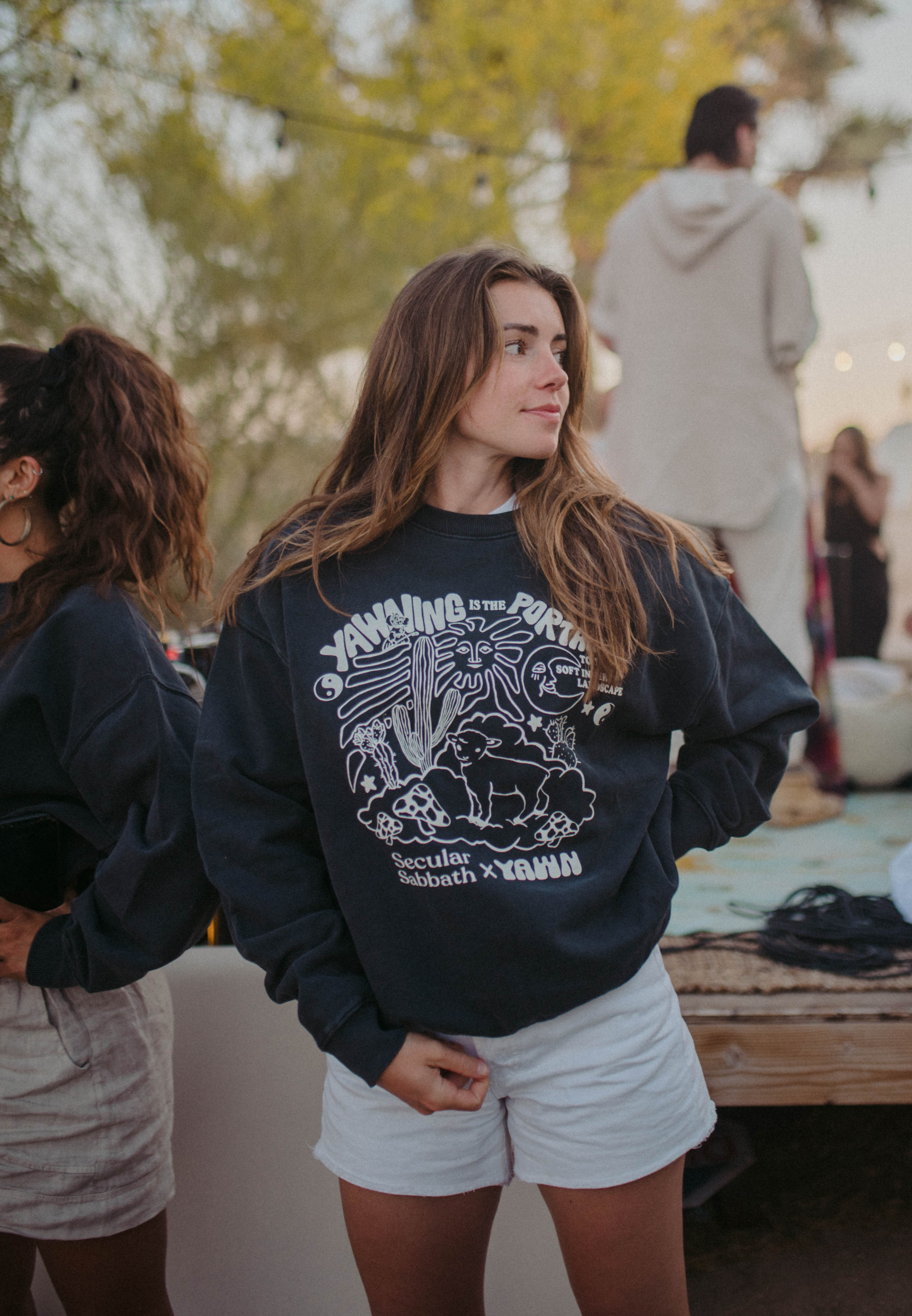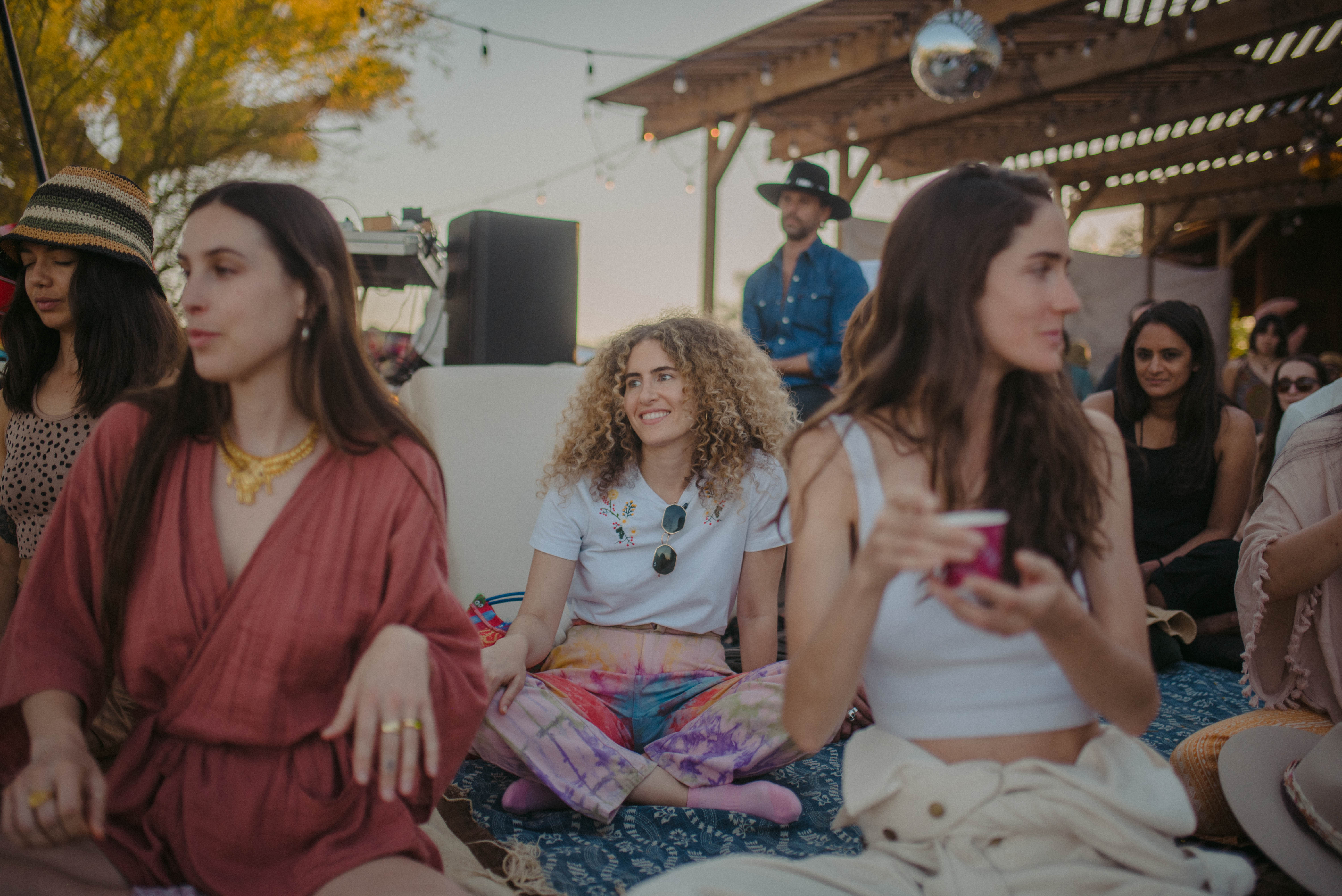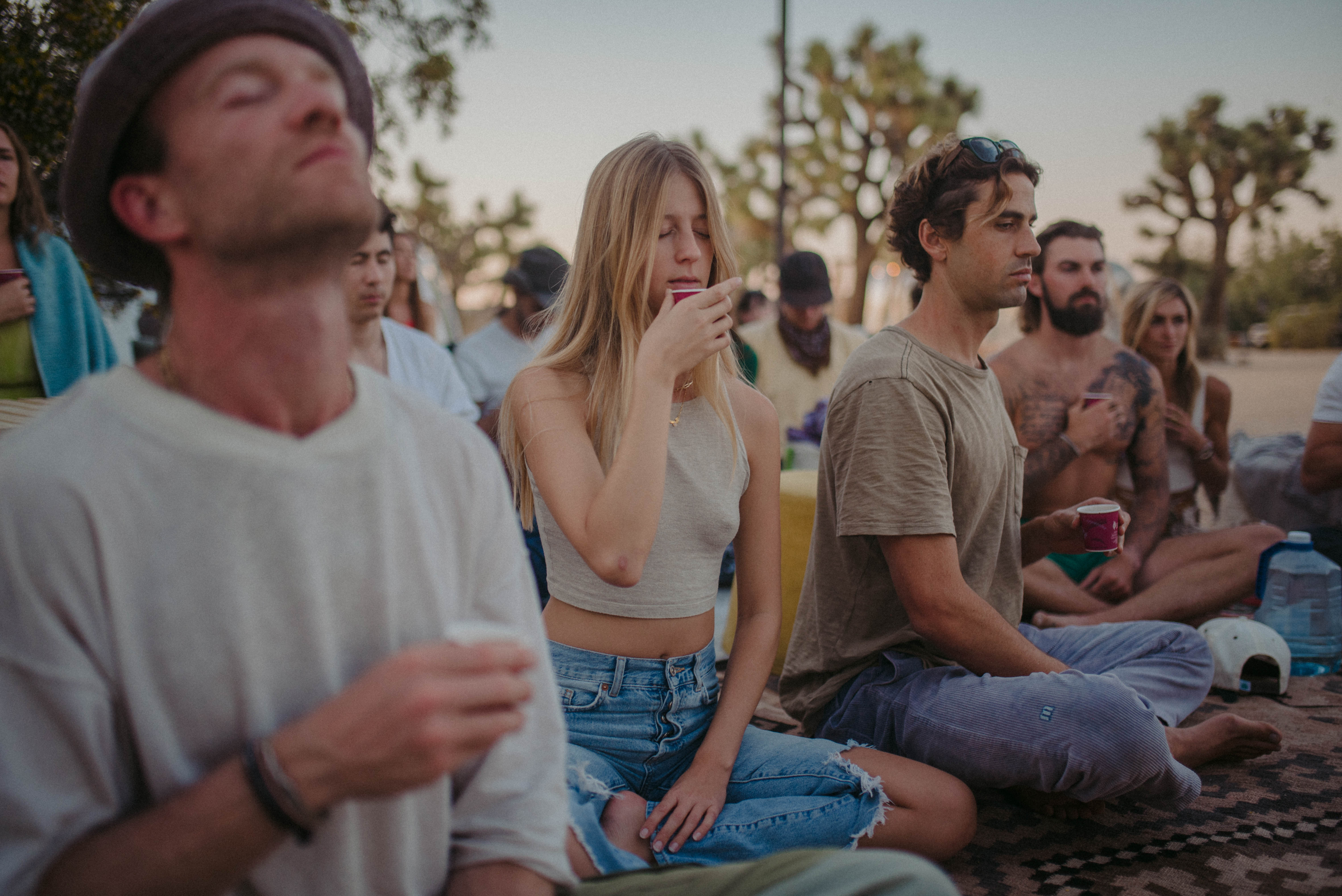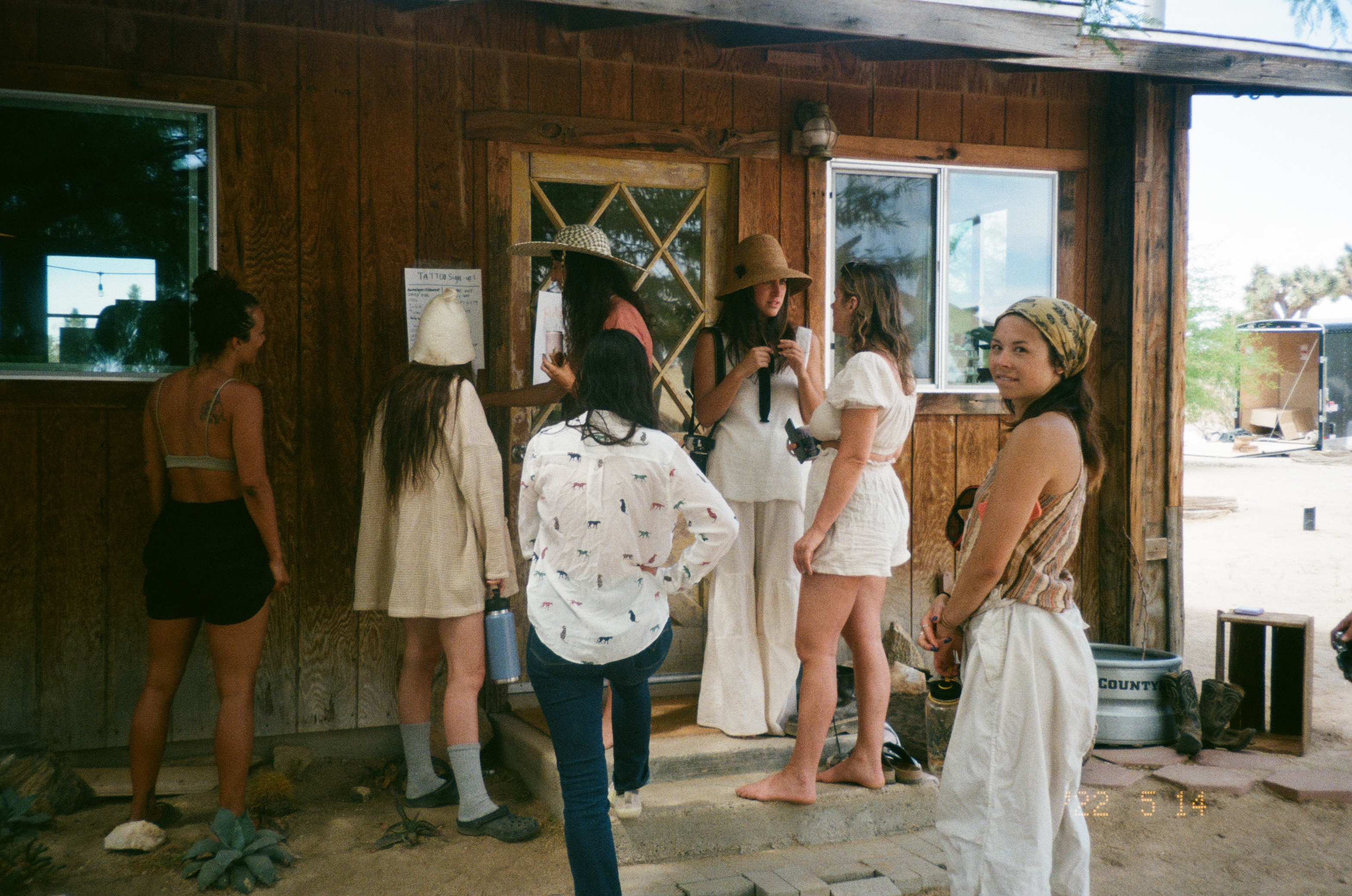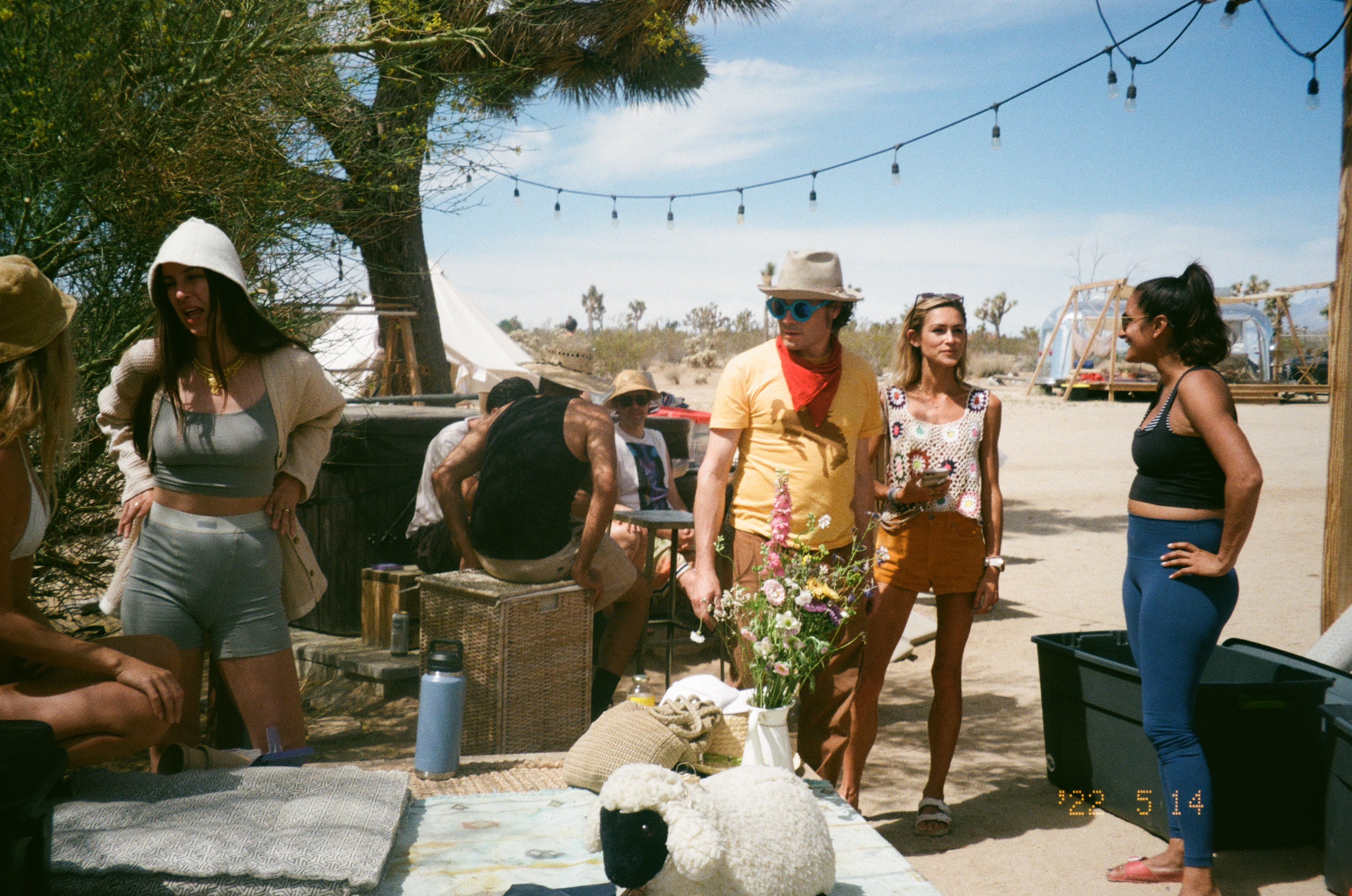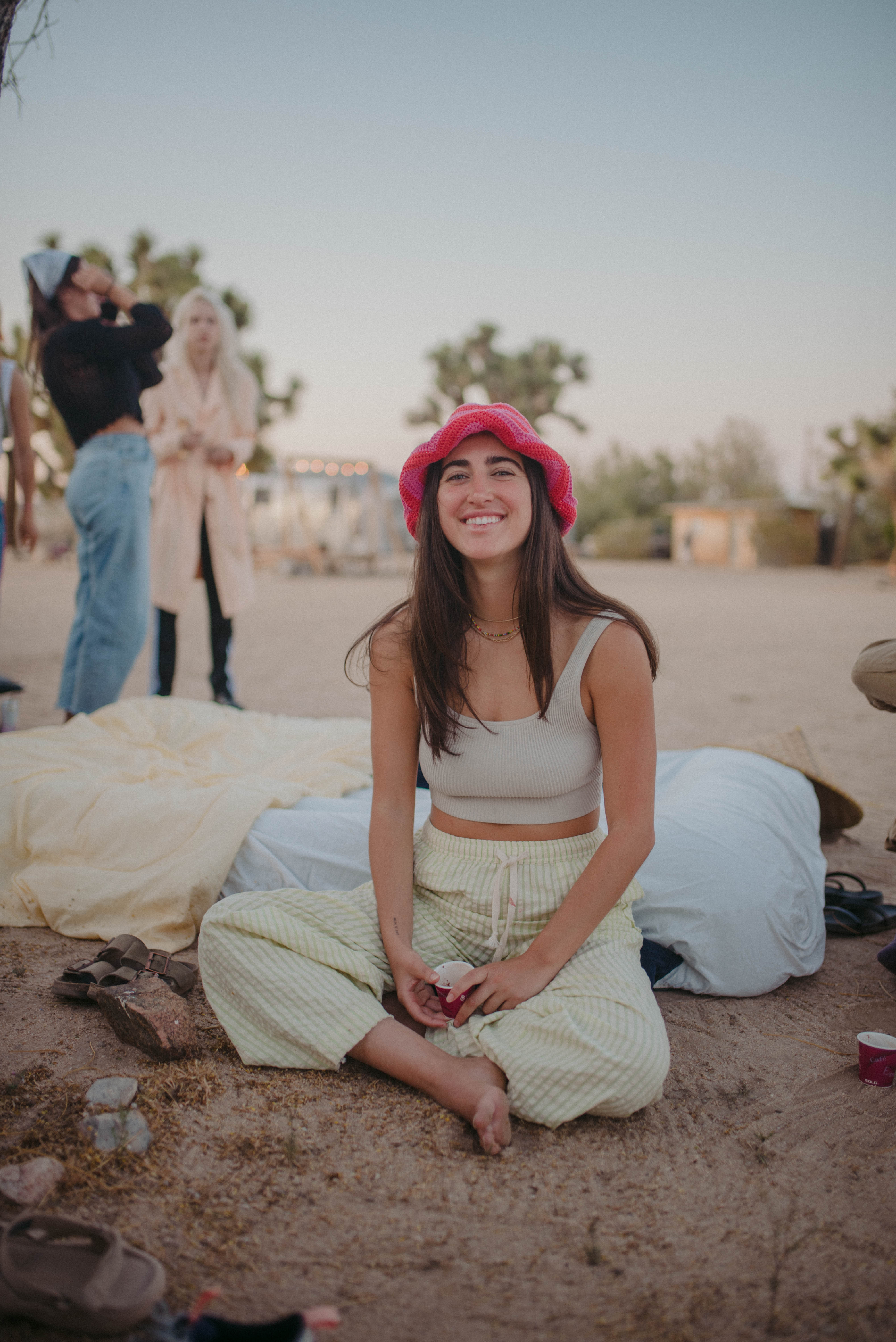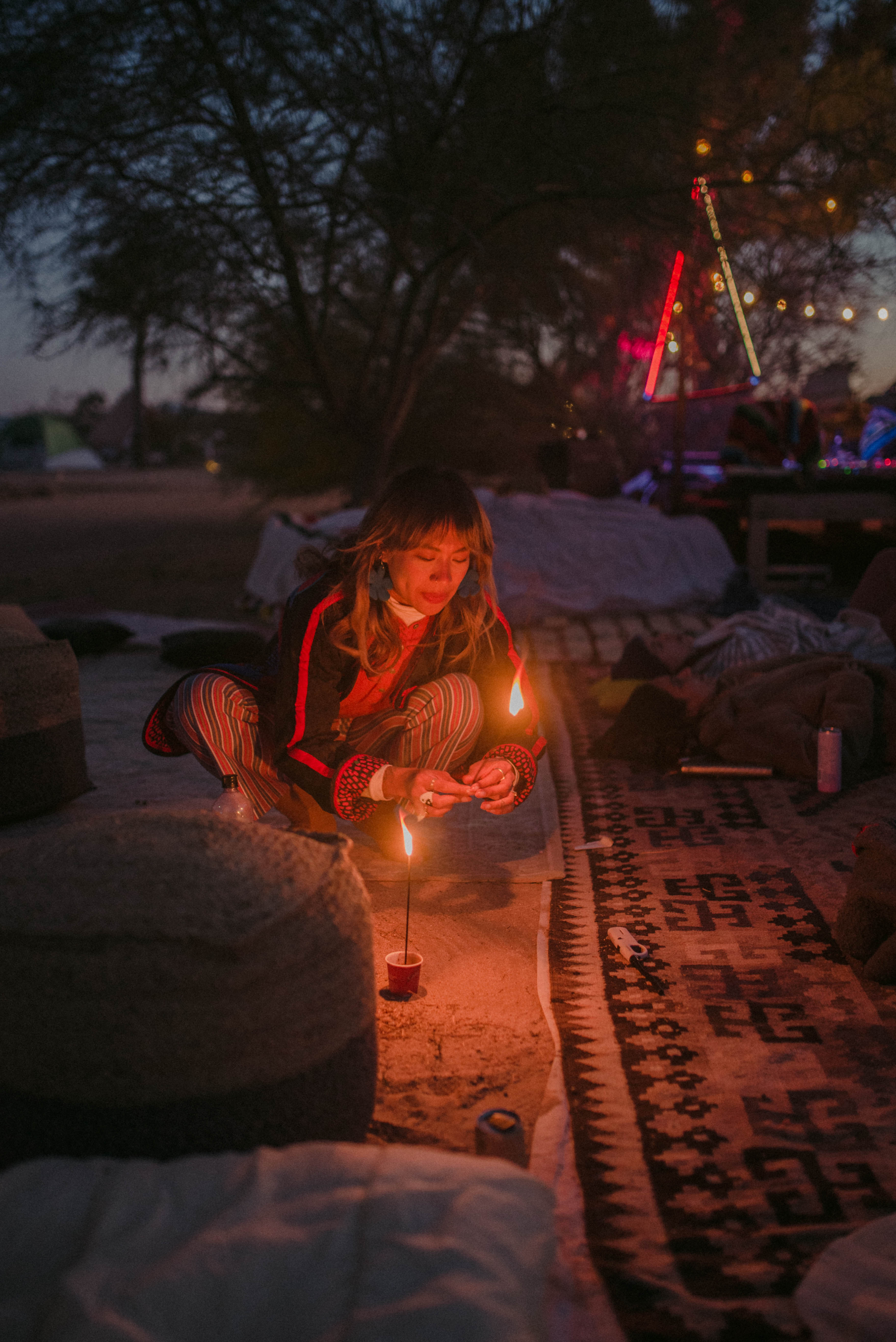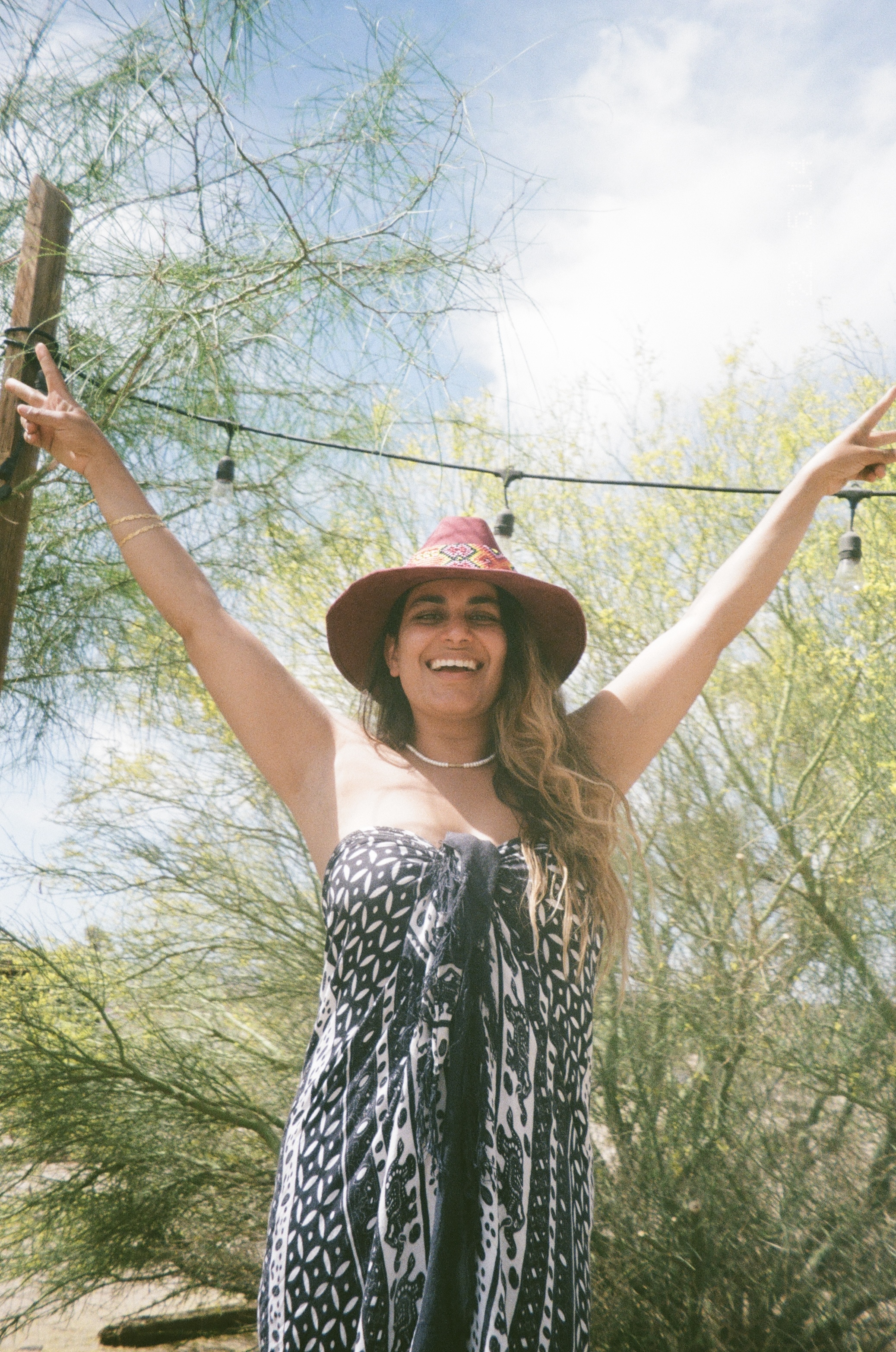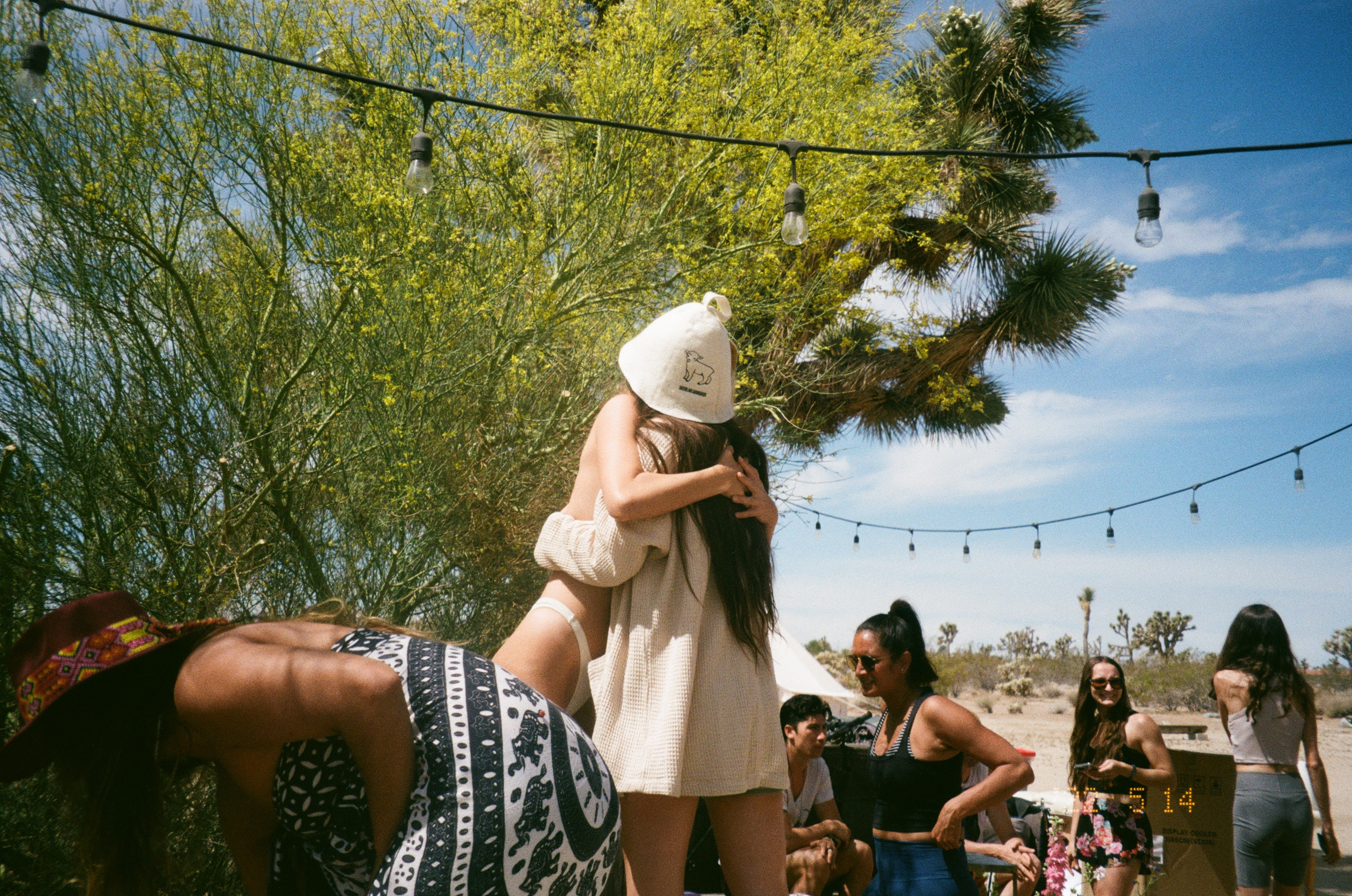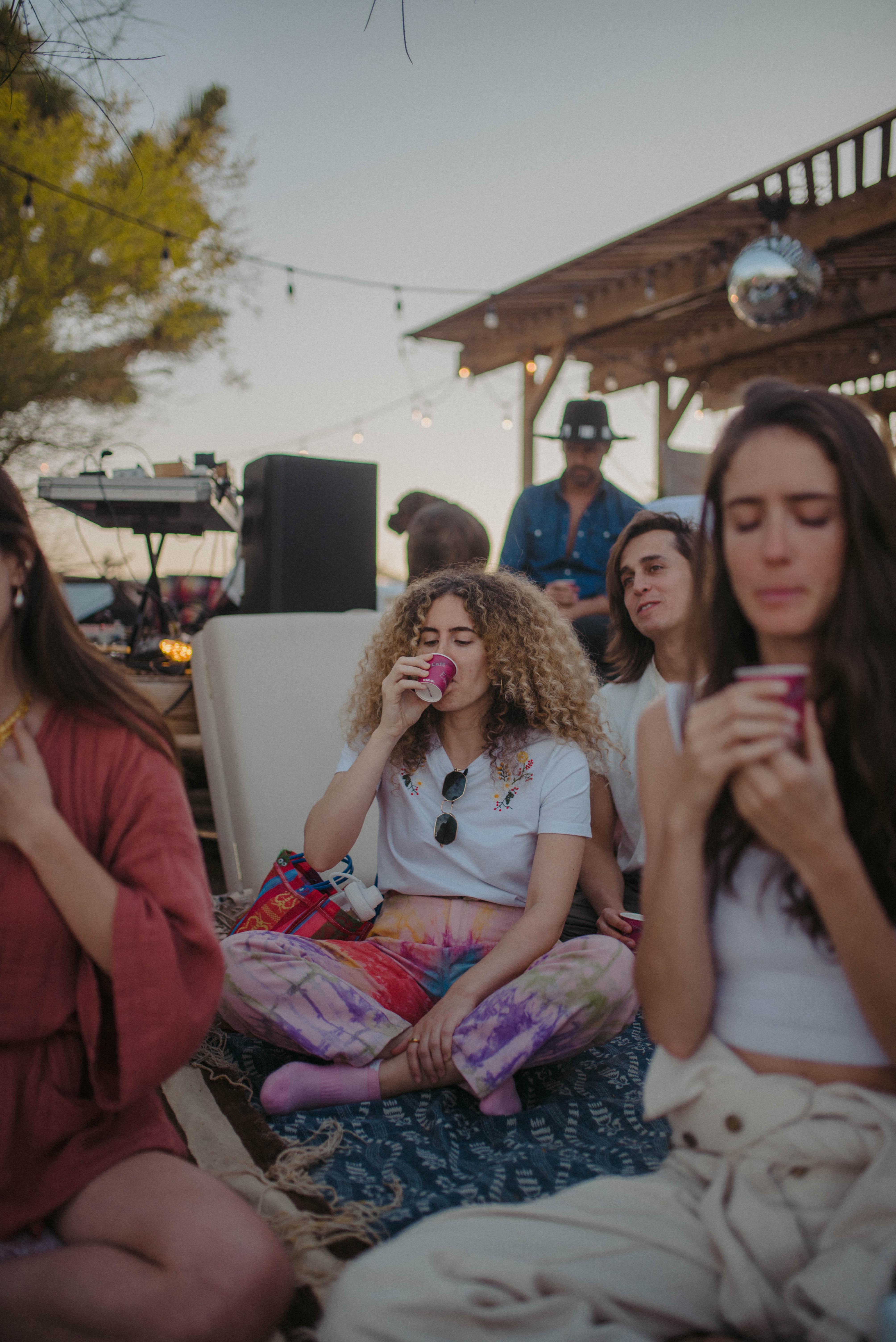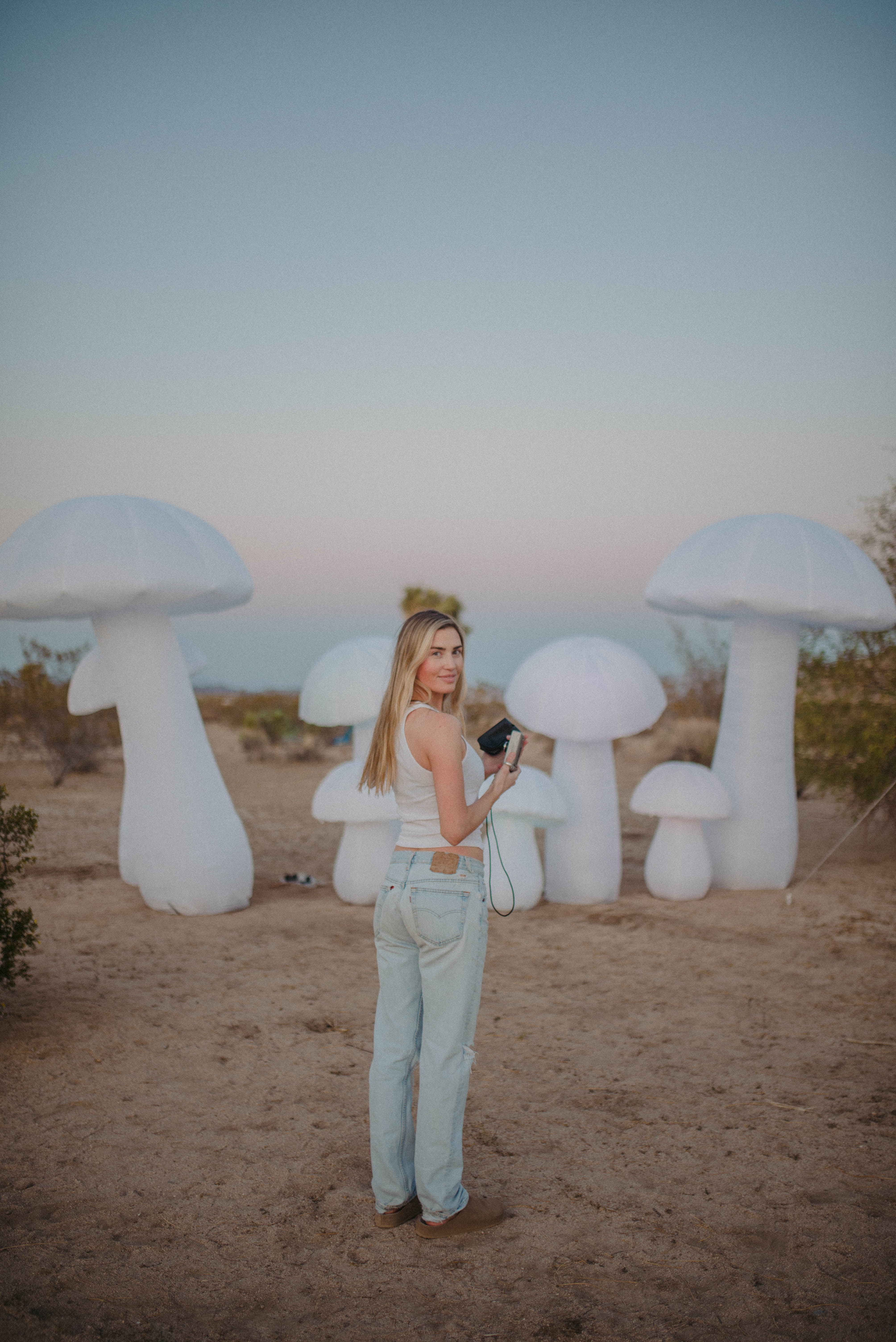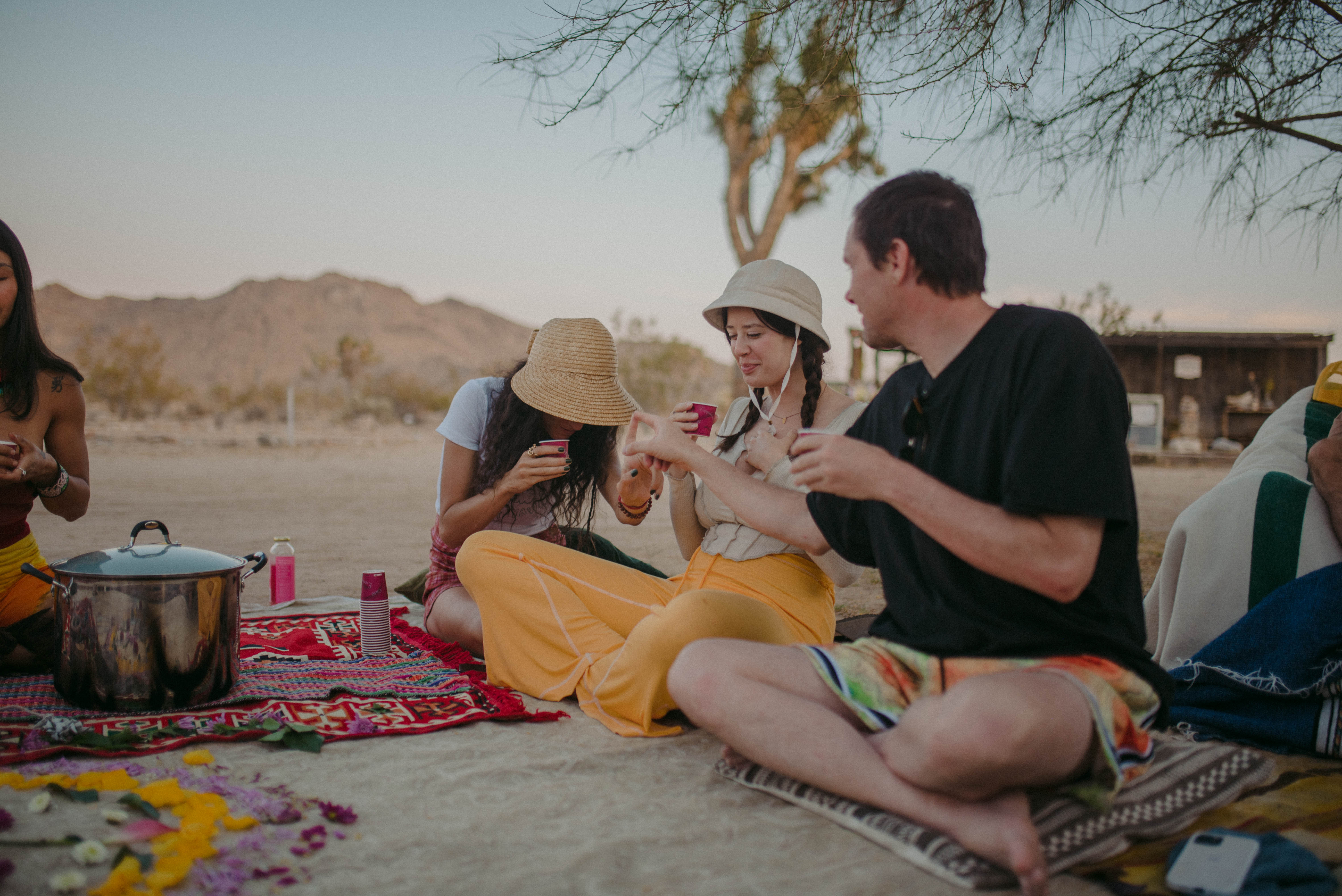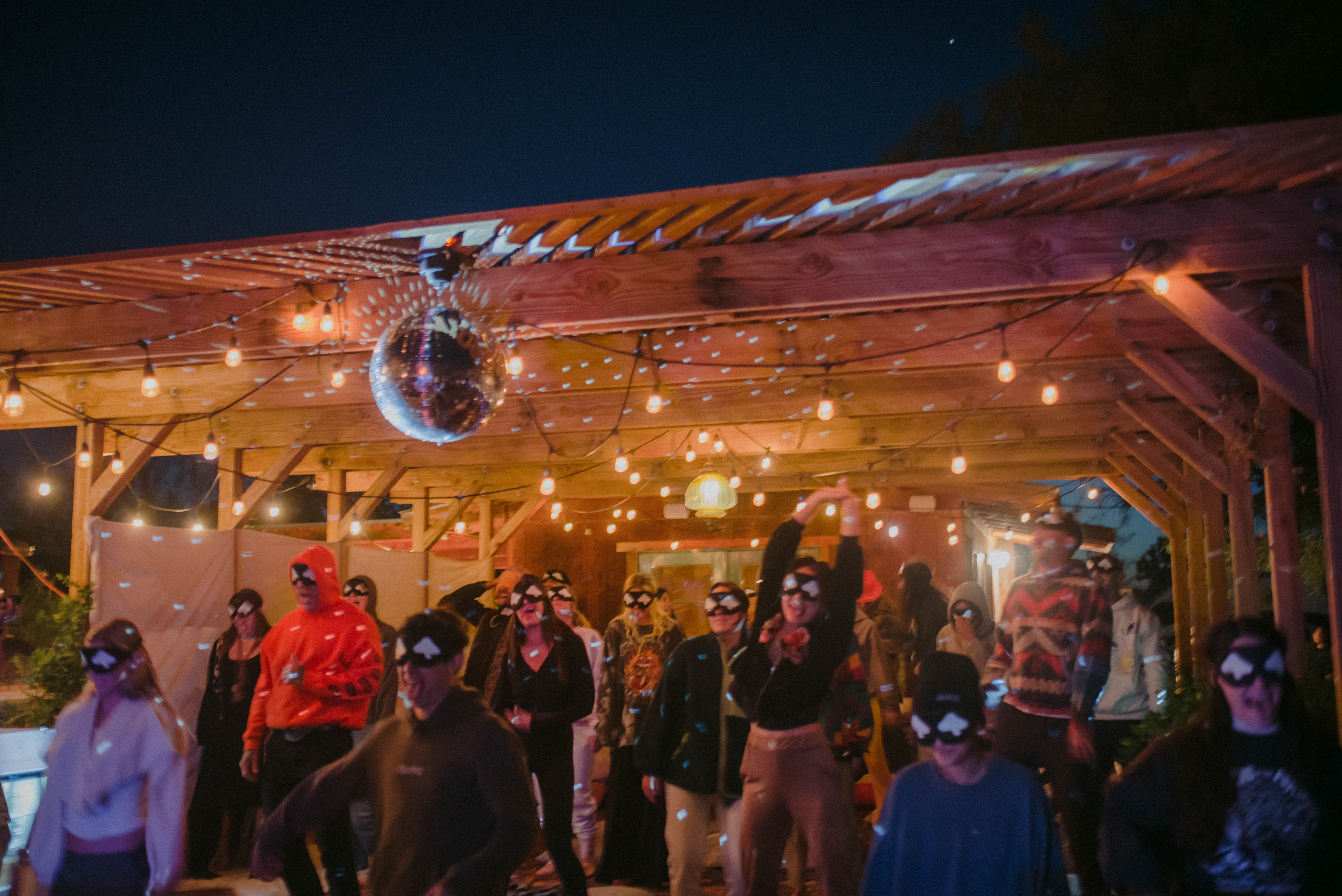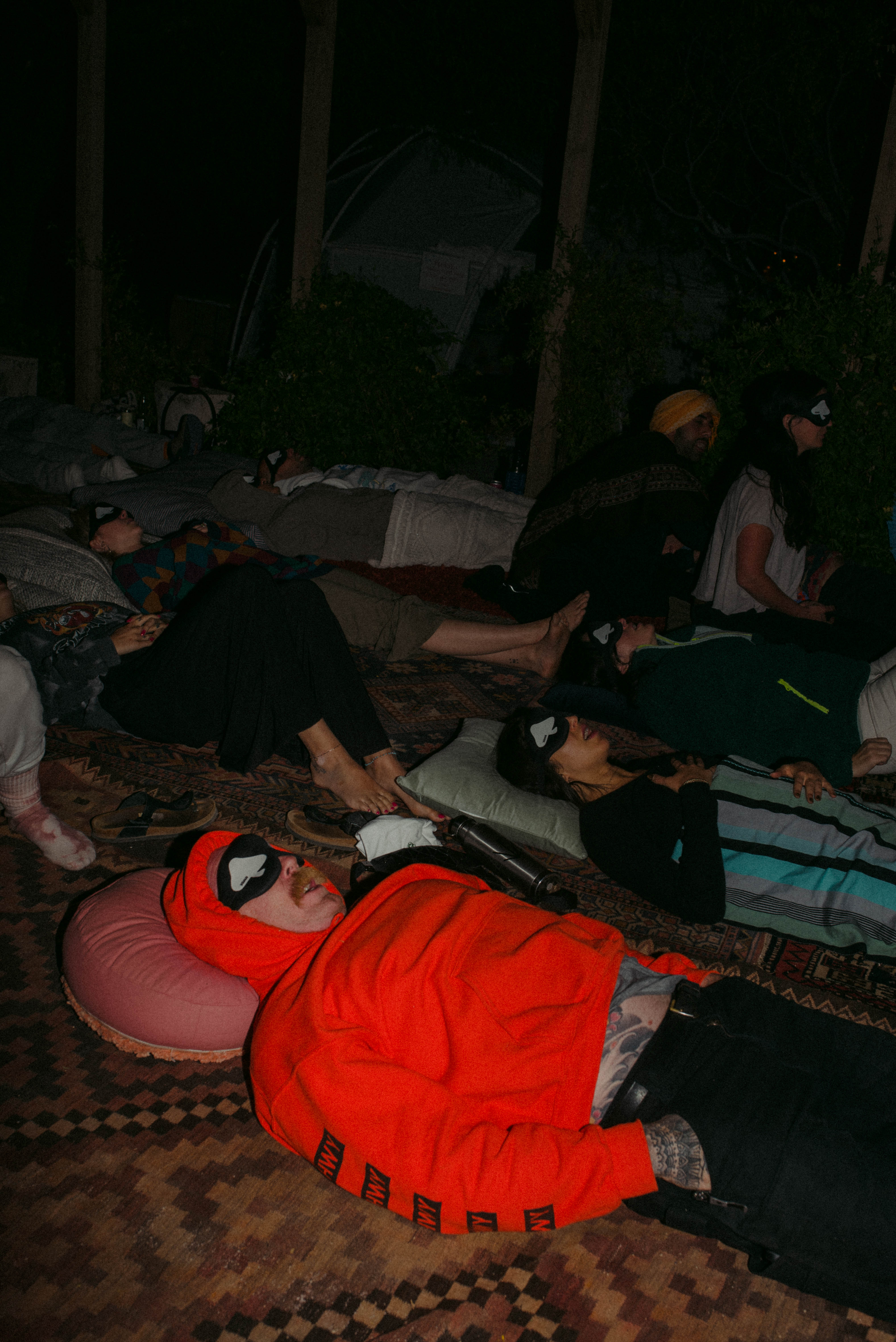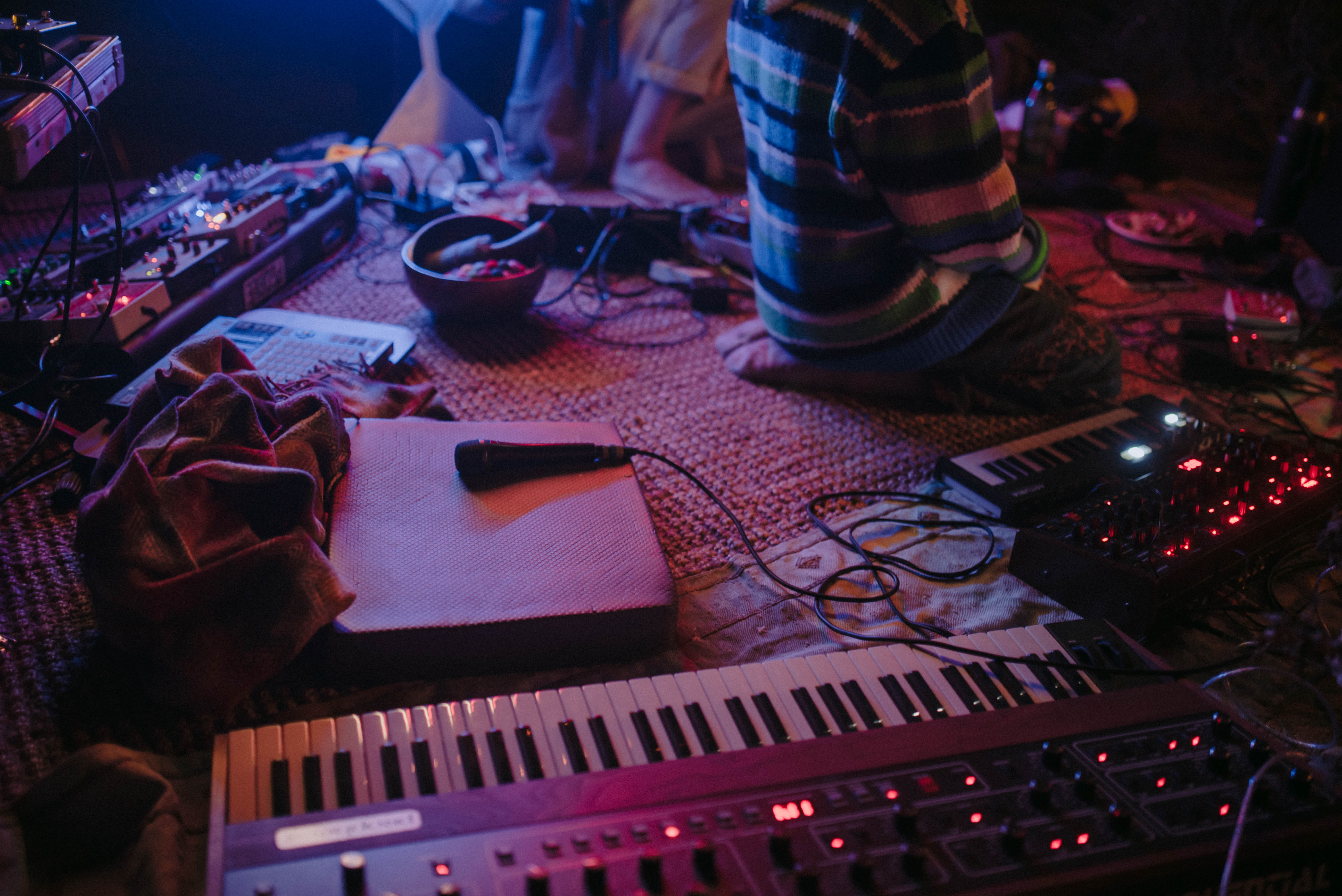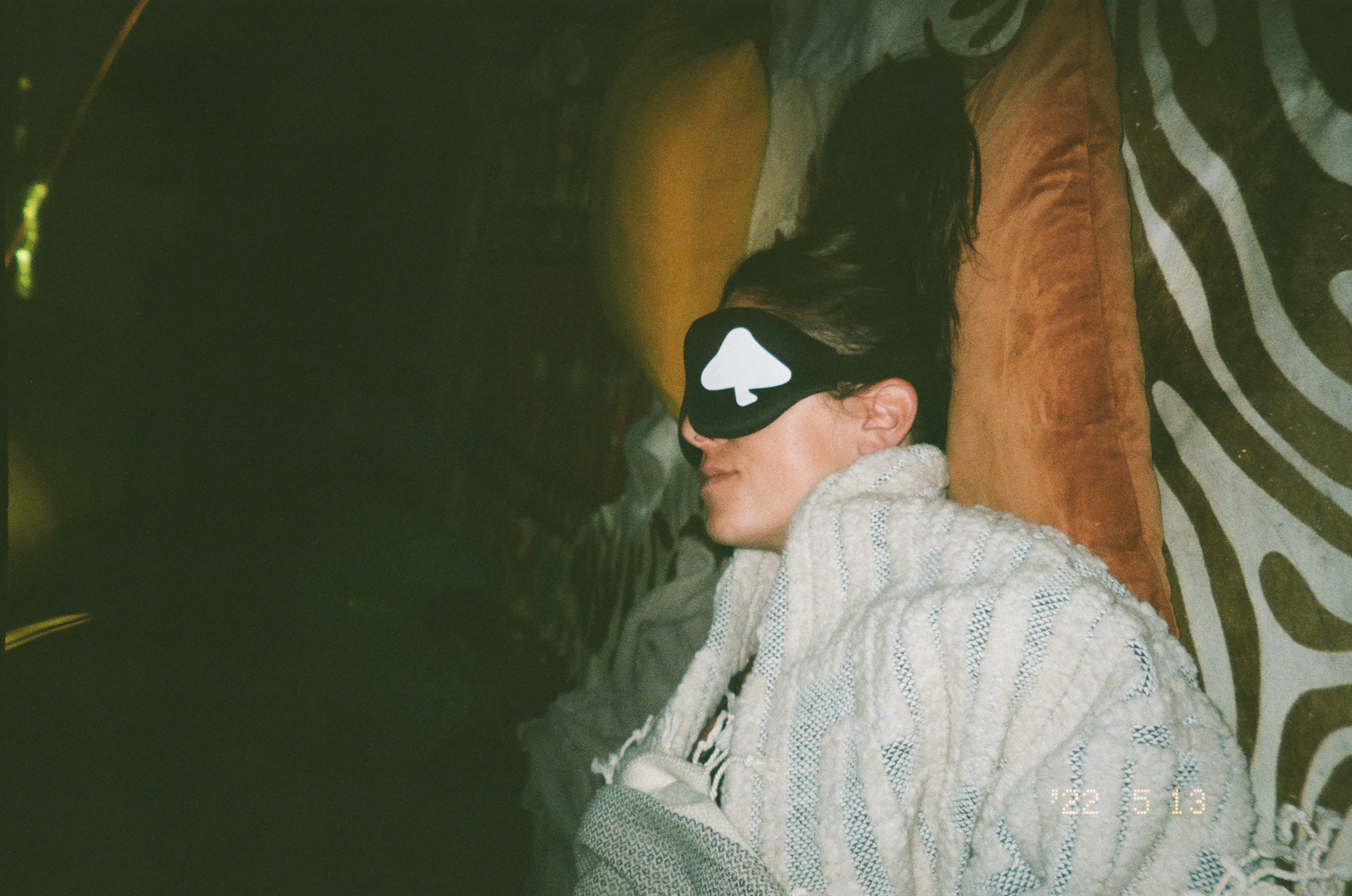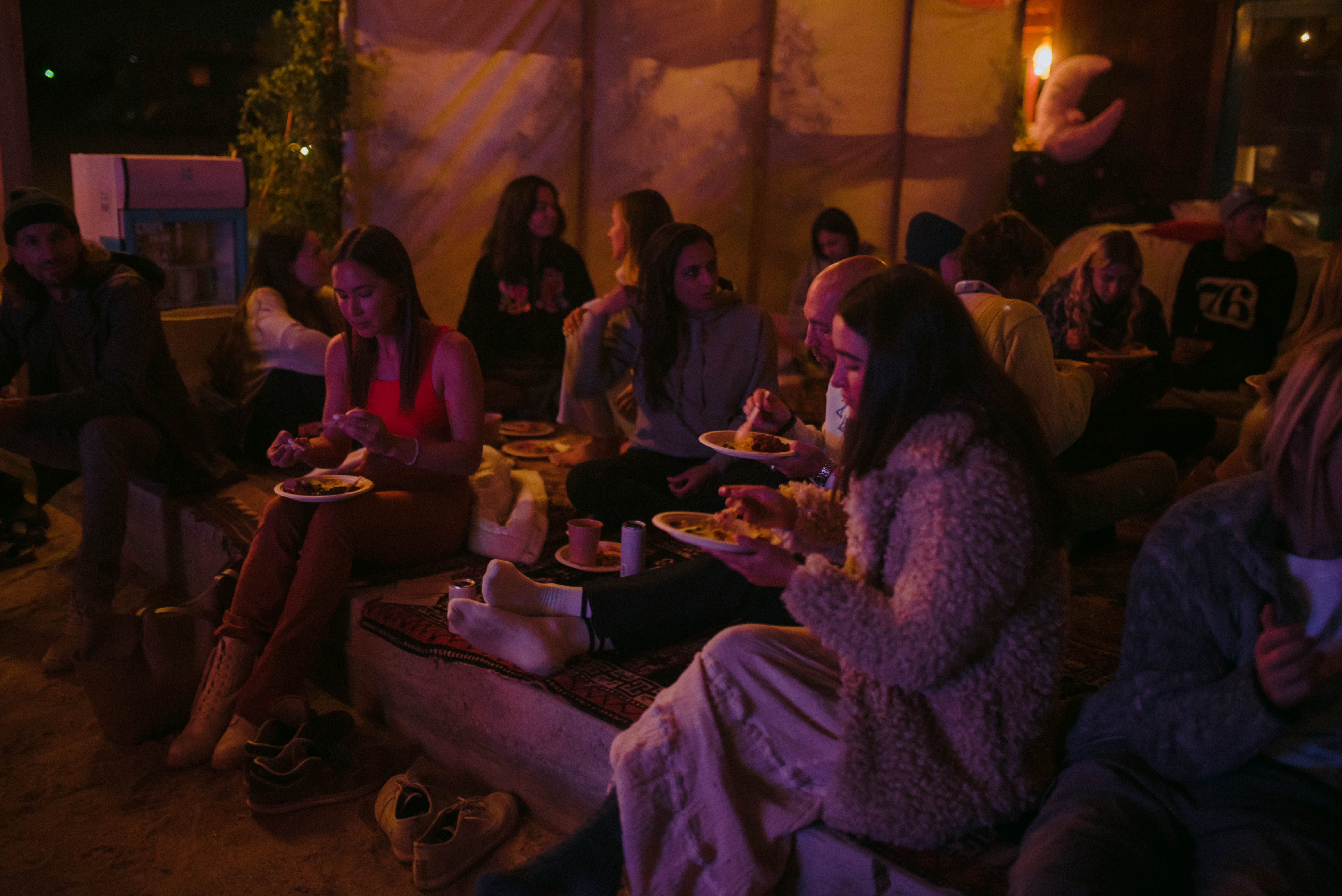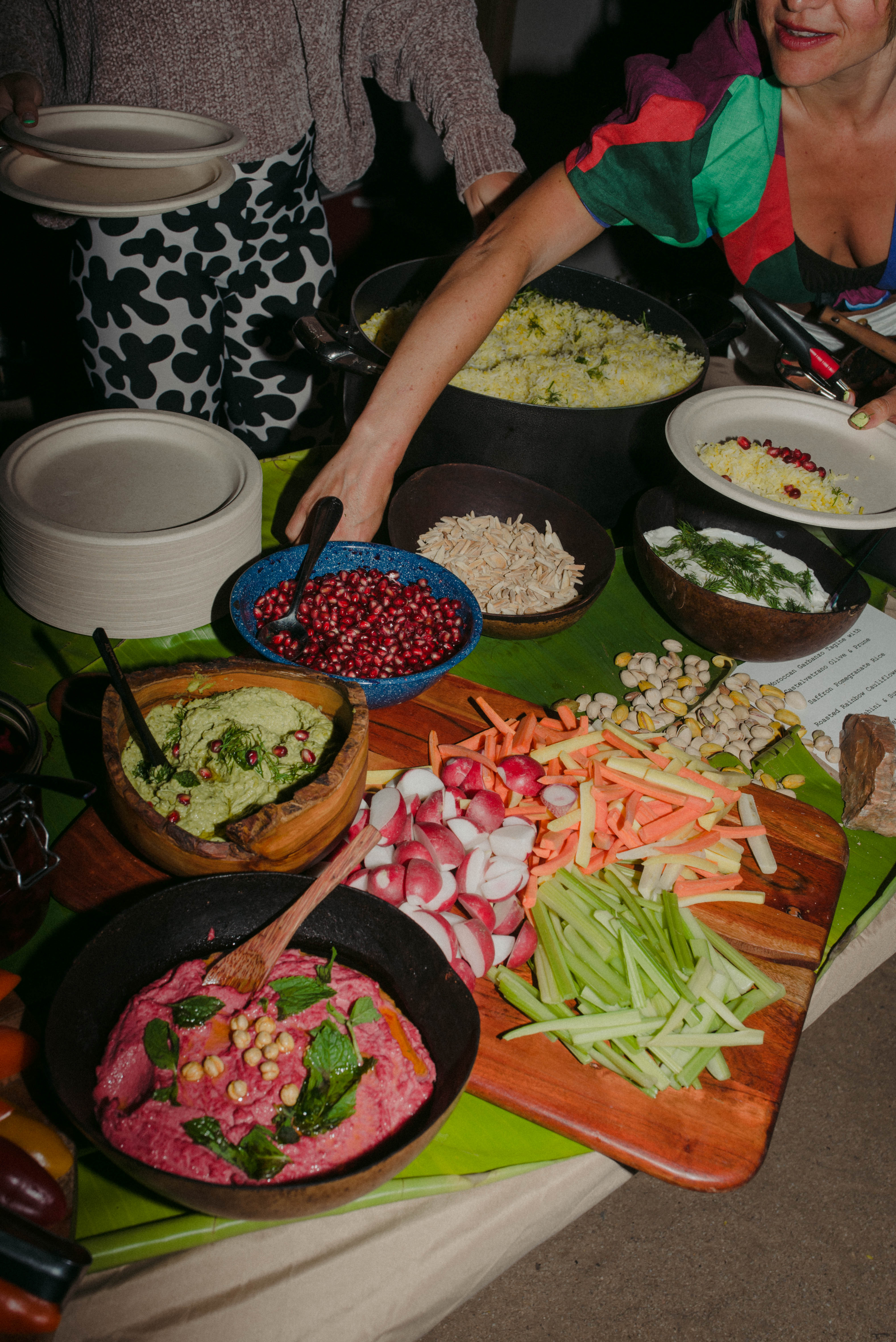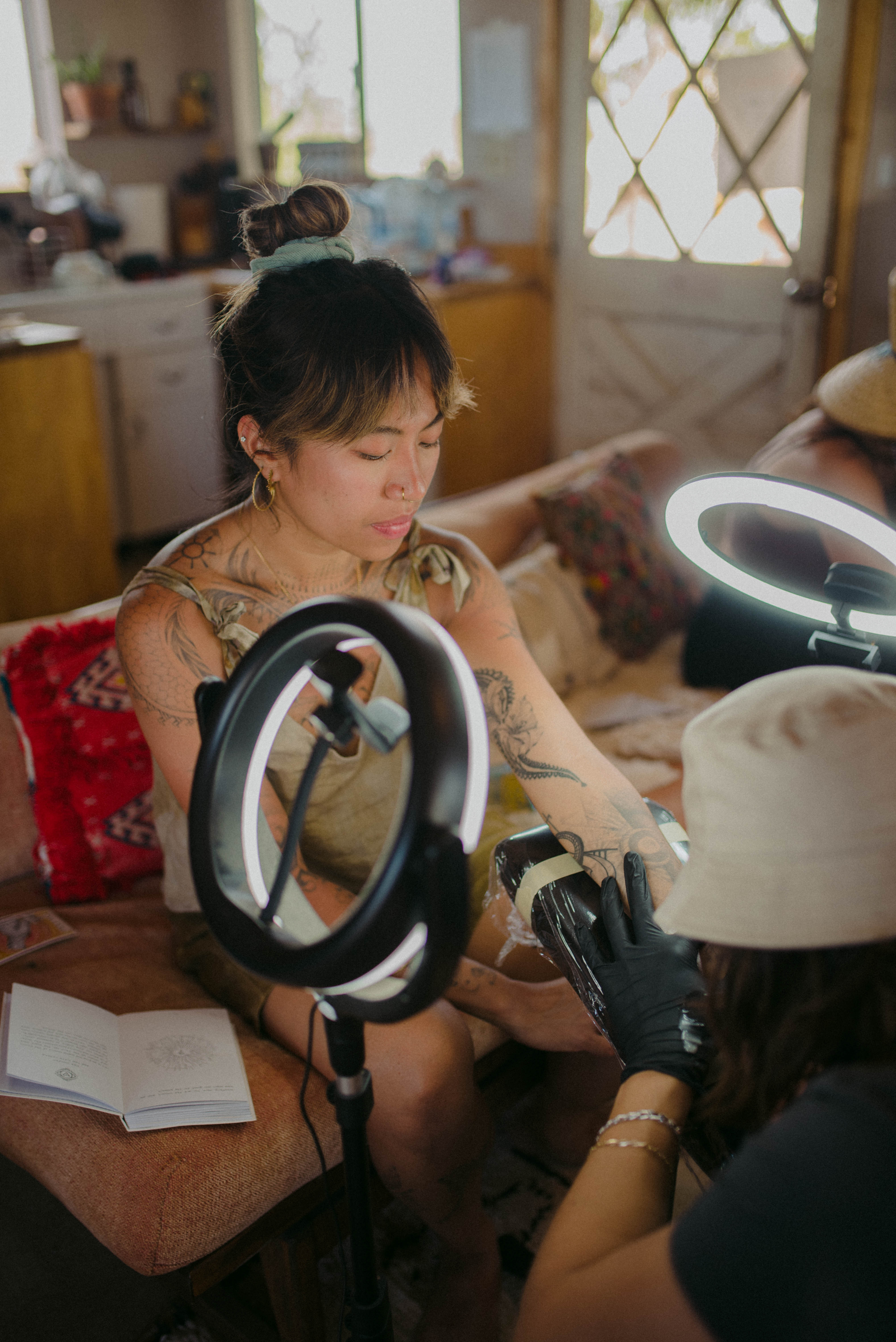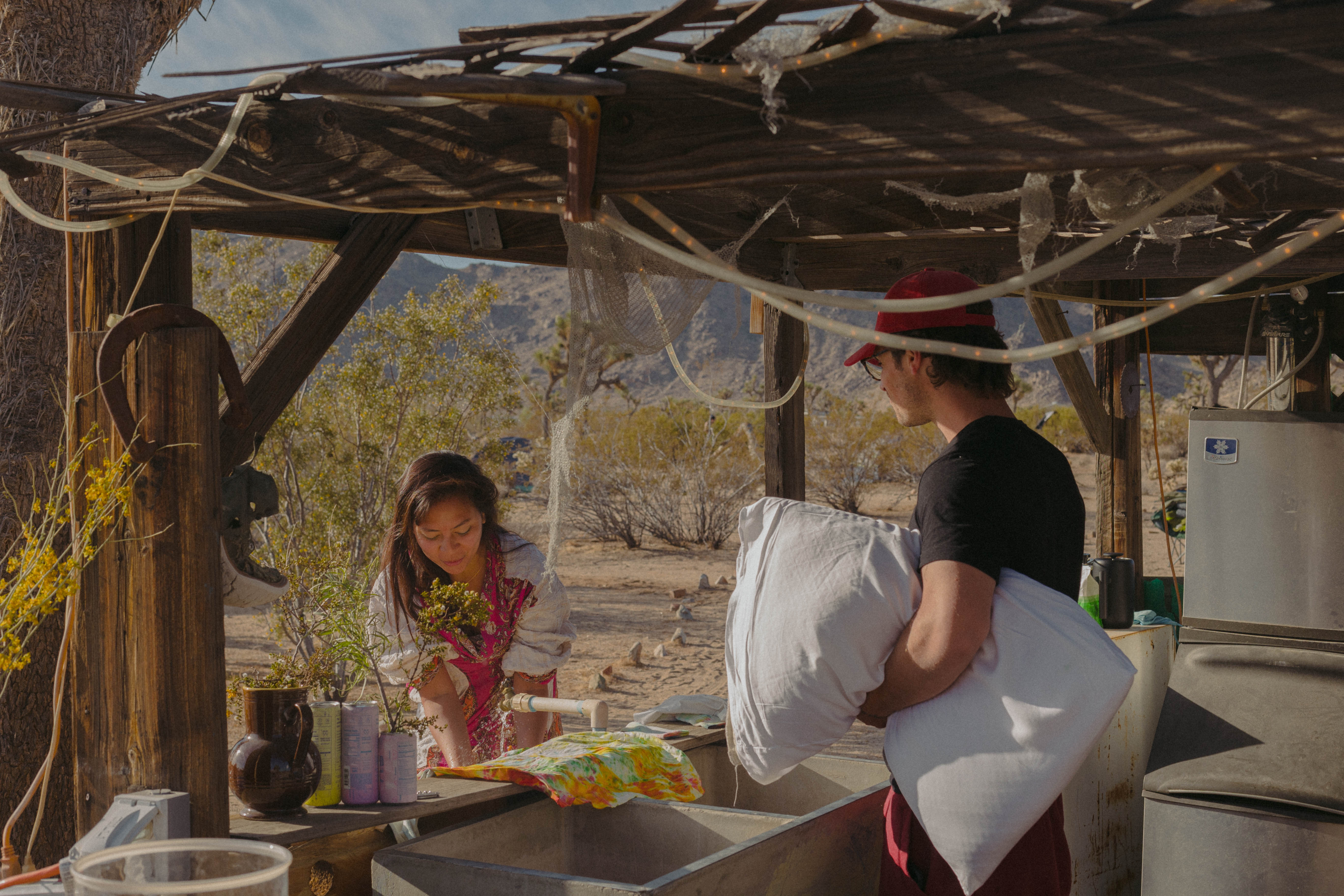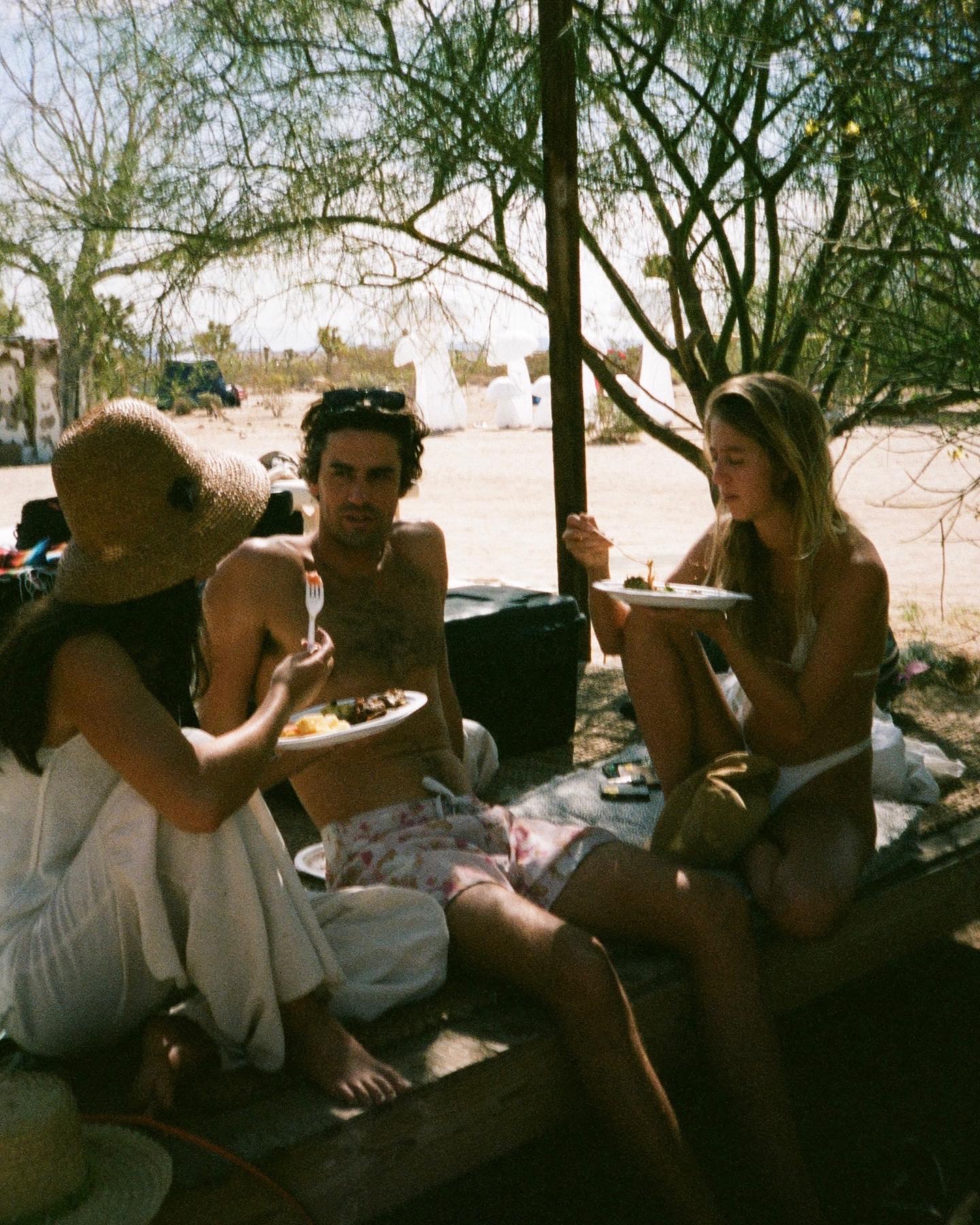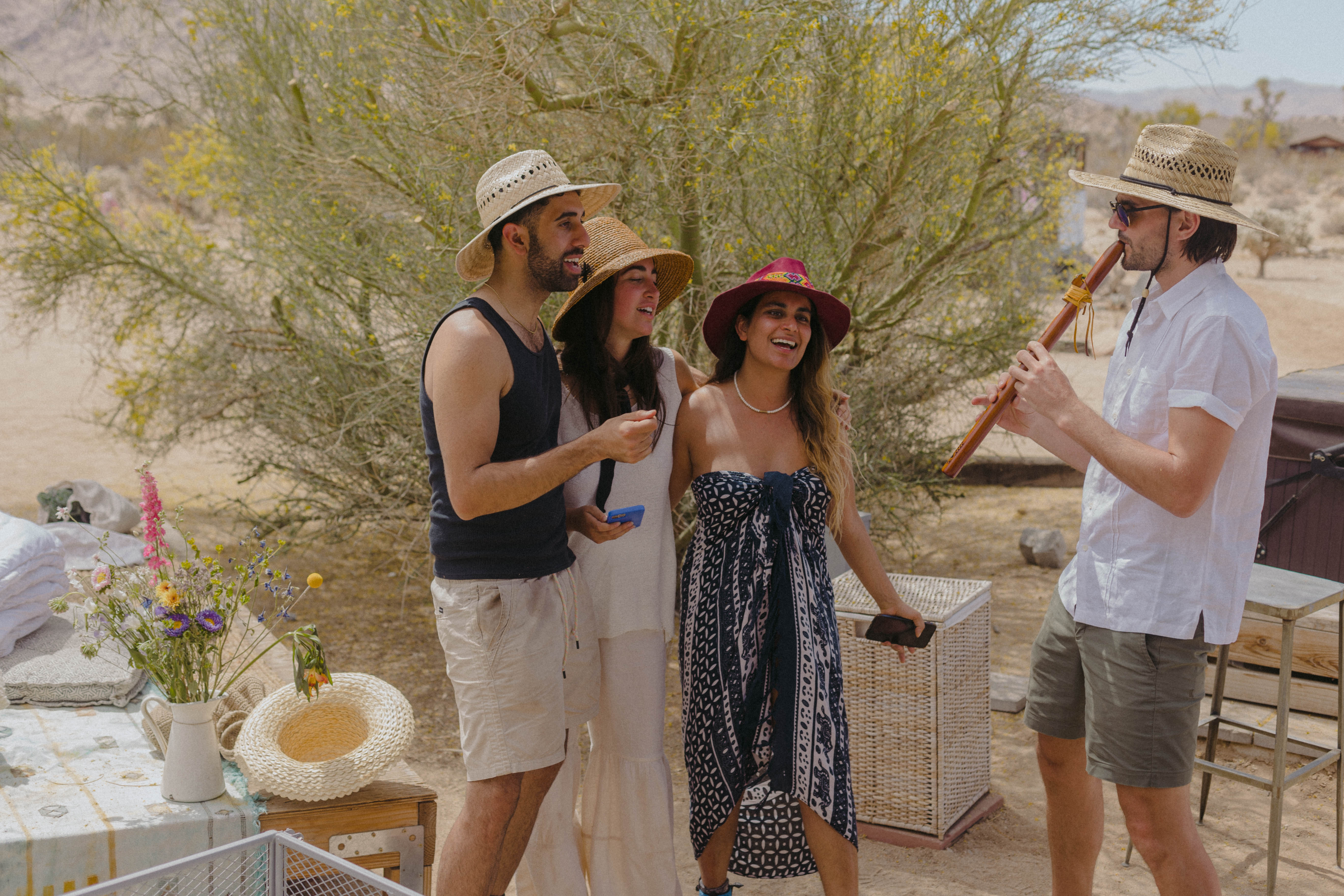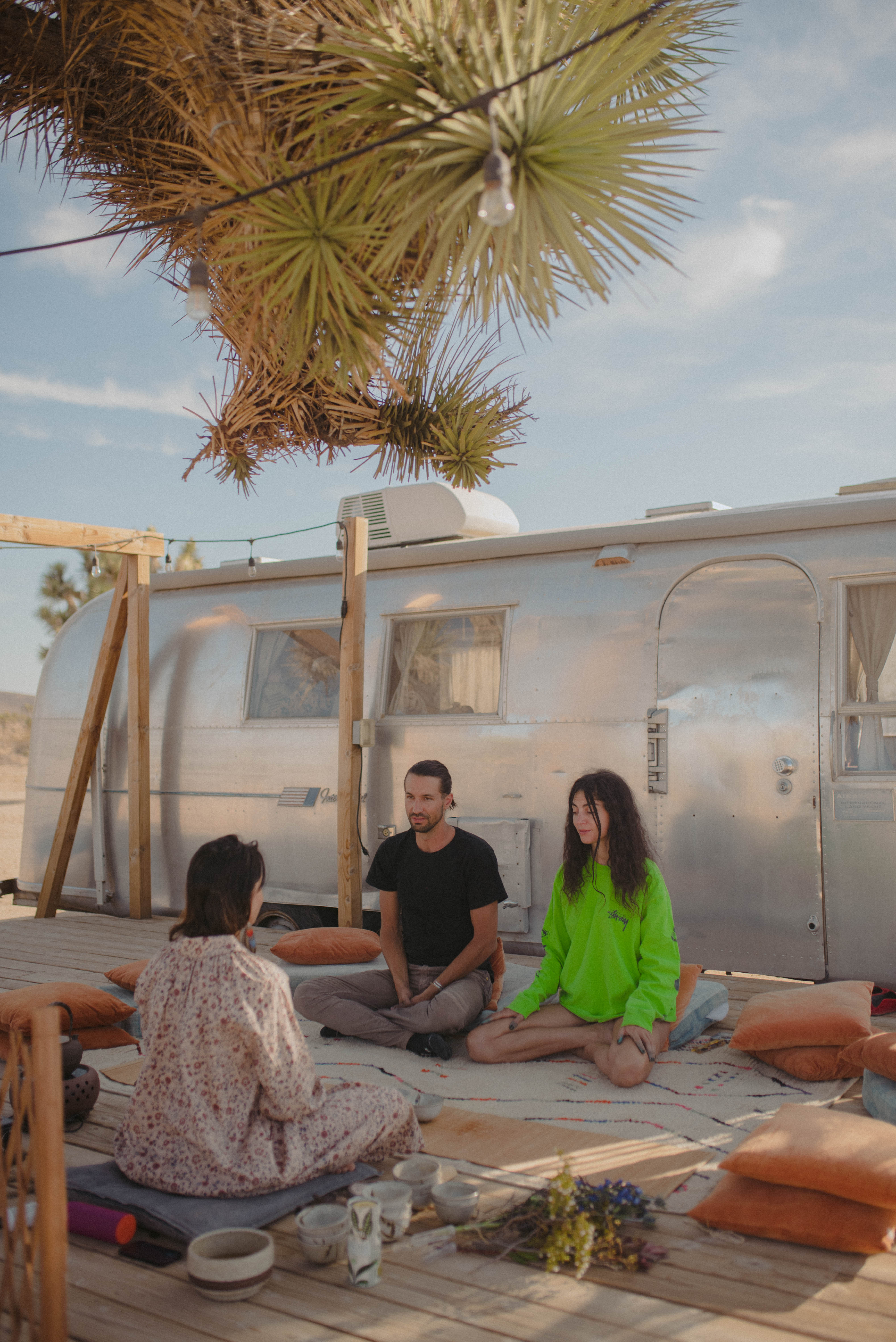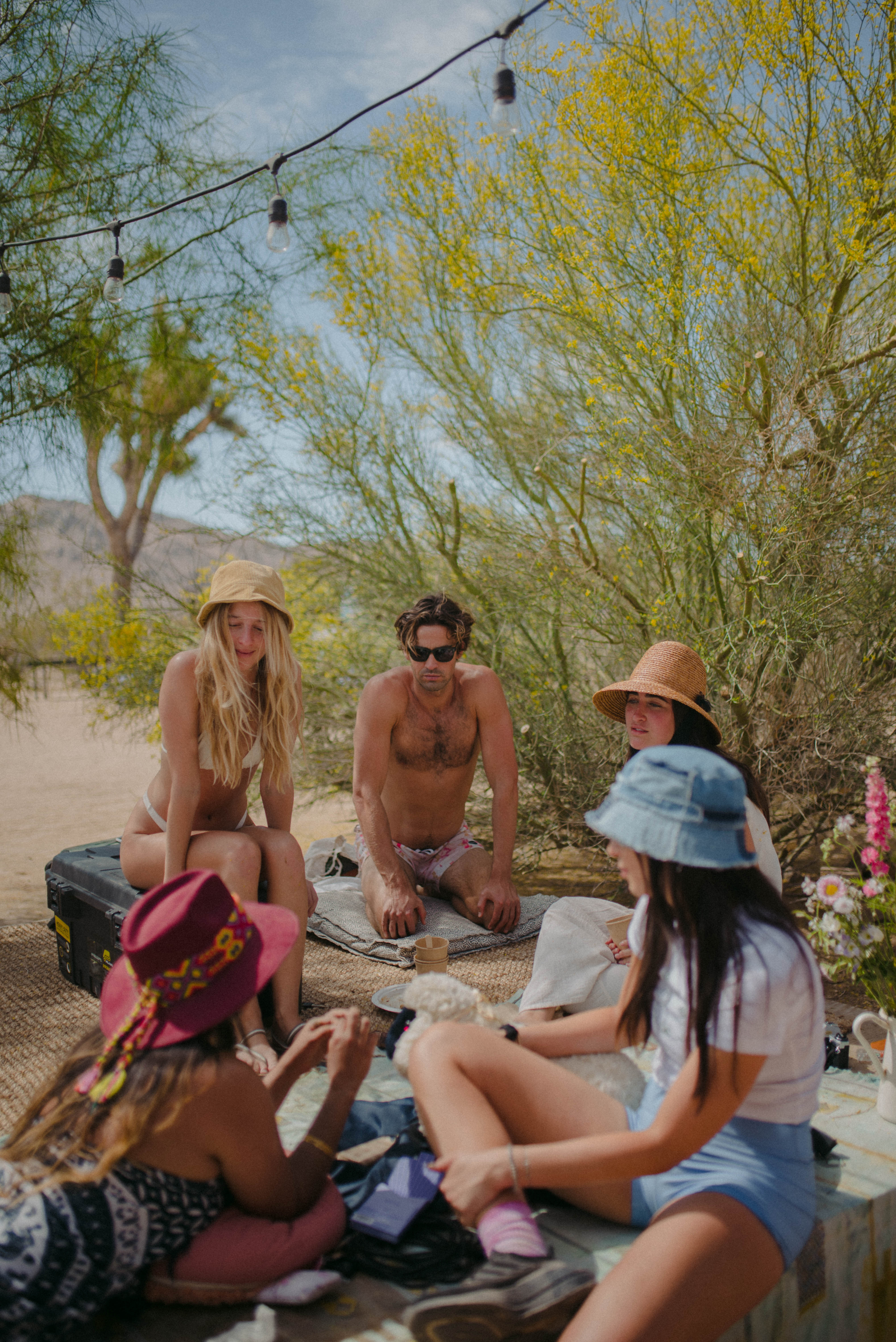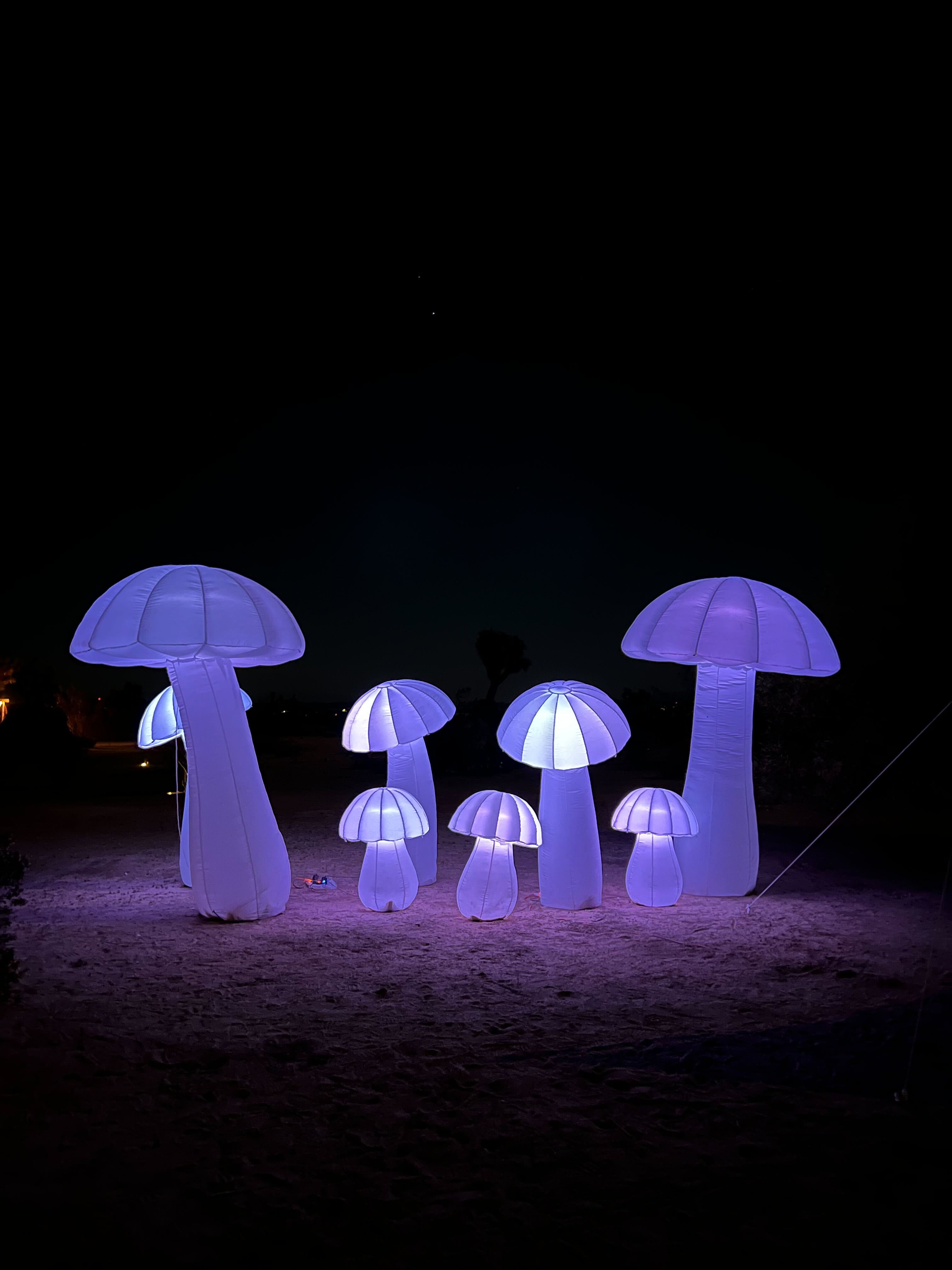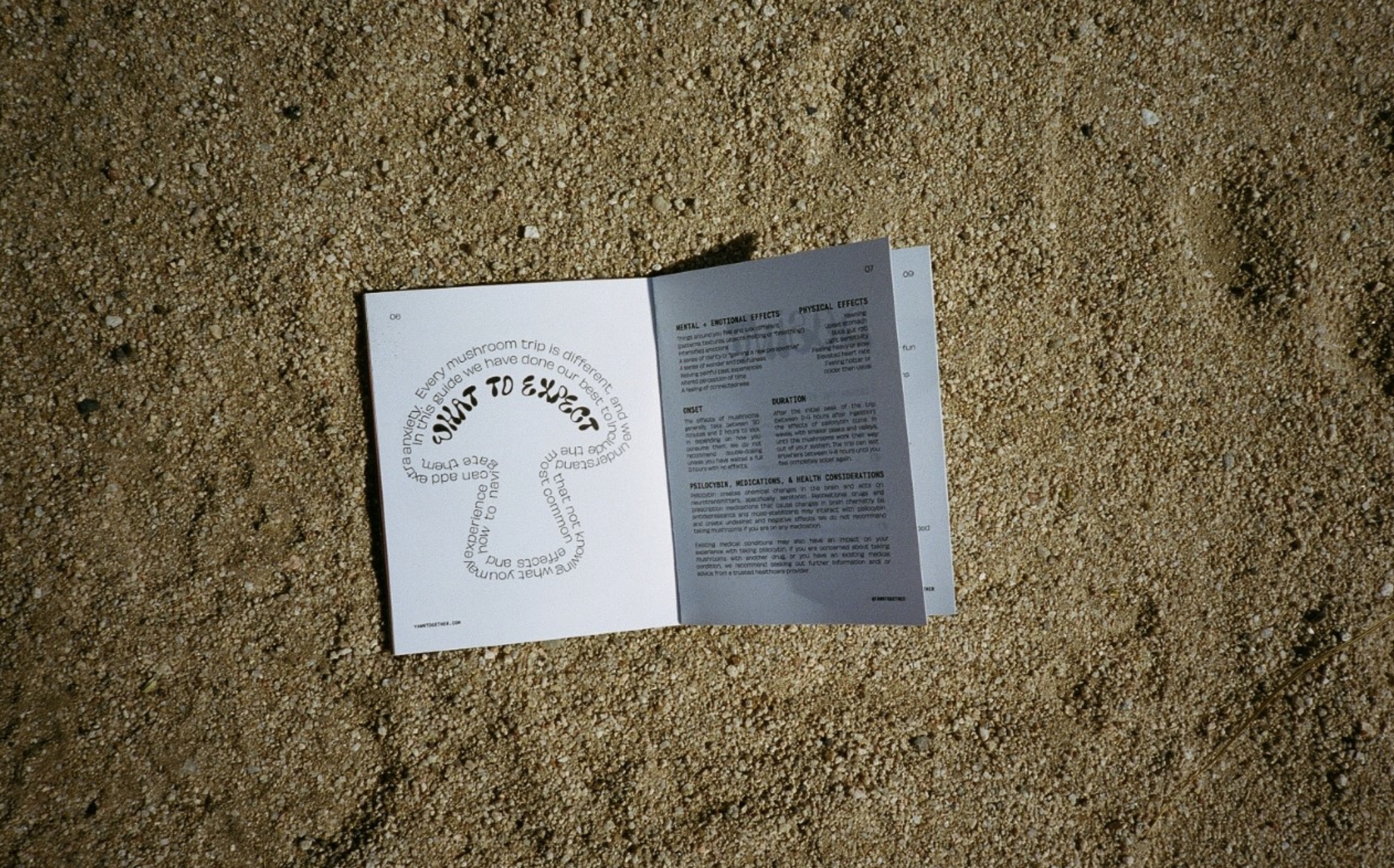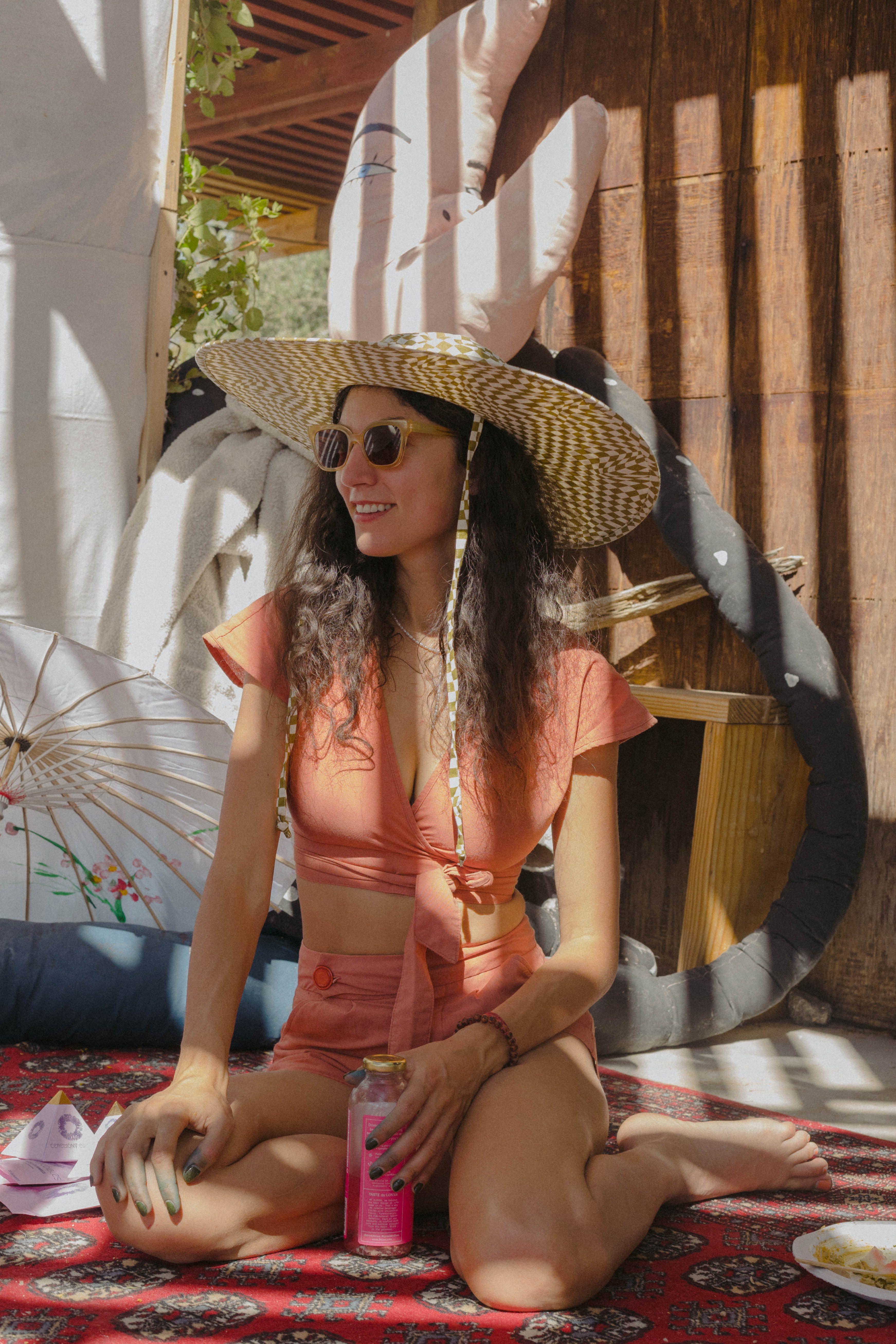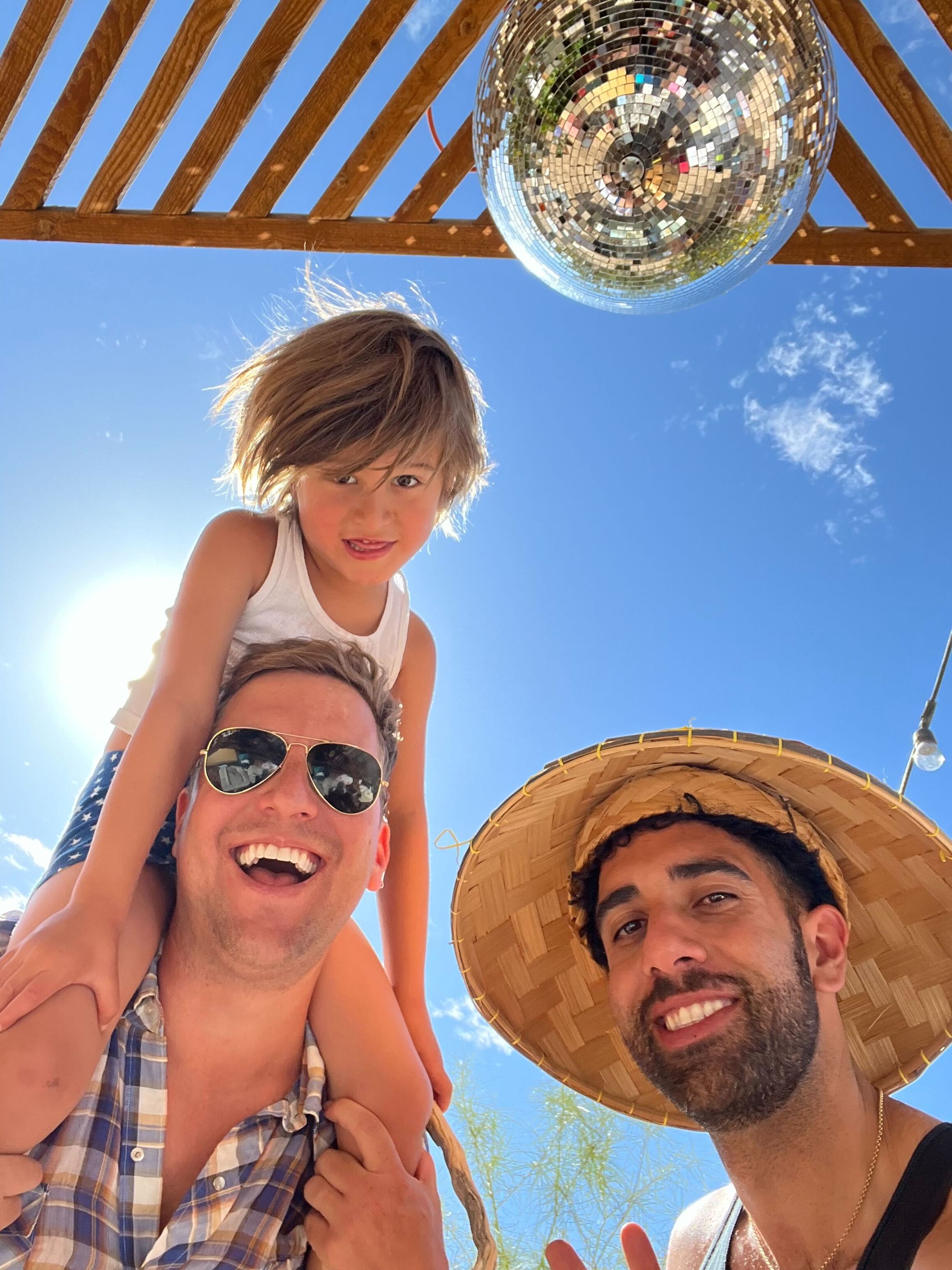My story of how I found Secular Sabbath seems pretty similar to a lot of people. “I was on Instagram, saw a picture posted by a friend of a friend, and it looked really __________ .” Fill in the blank according to your disposition. “Cool” “fun” “creative” — you get the idea.
For me, it was “weird-but-in-a-good-way.” Not the most elegant descriptor but also… sort of fitting? I mean, I think this was the first clip I saw:
Y’know, just the musician Rhye singing in his signature falsetto to a super fat bunny. Or maybe it was this picture of the feminist artist Buckley (whose work is incredible, by the way) covered in bodypaint while communing with a stuffed moon.
Seems like the very best type of weirdness, right? It reminded me of the video for Edward Sharpe’s “Home.” Or old stories of the Source Family — which started as a health food store, built a commune in the Hollywood Hills, spawned a band, used weed as a sacrament, and dressed in velvet and linen.
I mean, when you see these tintype photos of Secular Sabbath, that comparison isn’t too crazy of a stretch:
The point is, I had a hunch that this ever-evolving movement would be my jam.
Of course, it was nothing more than an educated guess, made based on Instagram — perhaps society’s most deceptive social media platform. But it was more than enough to make me want to see Secular Sabbath in person, during their recent retreat in Joshua Tree. Over a two-day span, the crew hosted a long-awaited second retreat in the desert (their first was pre-pandemic and was considered to be sort of an anti-Coachella), featuring ambient music, ice baths and breathwork presented by Othership, yoga, tattoos, and a collaboration with the female-founded psilocybin wellness and education brand, YAWN.
Since these are all things I like unabashedly, attending was a no-brainer.
What I found in Joshua Tree surprised me. Not with how weird it was — though I think Secular Sabbath is weird in a good way and our society needs a lot more weirdness — but with how clear its objectives were. Above everything else, I witnessed a community. Between activities and activations, it was a weekend of people relating authentically (mostly without phones), engaging in honest discussions, and eschewing Burning Man-esque stratification between attendees.
This, I’d learn, was all very much by design.
“Secular Sabbath was born out of my upbringing, at Esalen Institute in Big Sur,” Genevieve Medow-Jenkins told me last week. “As Esalen has become more commercial, I felt sad to see it taken away from the people that I loved. So I’ve created a community that isn’t tied to a specific place but rather the people that make it up — so no one can take it away from us.”
Within that context, the role of music in Secular Sabbath can’t be understated. Kiezsa, Niia Rocco, Joel Shearer, Yaarrohs, Dane Sandborg, and Rhye all played sets, among others. In fact, most Secular Sabbath events have some ambient music tie-in and they recently started their own record label. On Friday night, the music went literally through the night. Rather than dancing, or even swaying very much, people lounged on air mattresses and lawn chairs under the desert sky. Some walked YAWN’s inflatable mushroom garden, others got stage-side massages.
This chillness is also intentional.
“All I wanted out of the event was to spend time with people in a genuine way,” Medow-Jenkins said. “From that place, people can realize that if I can create something as unique and strange as Secular Sabbath, they can create whatever their dreamscape is as well. What I aimed for was simply to build an environment in which people can grow and expand together.”
Watching my son sit in rapt attention during the performances (not seeking any other sort of stimulus beyond the music, my hand on his back, and the stars above) certainly left me feeling like my own dreamscape is finally within reach. Maybe the slice of the event I witnessed wasn’t as weird as I’d expected but it was every bit as profound. And daring. Because in a world in which division is a constant and authenticity is scarce, true connection and community, like what I saw at Secular Sabbath, becomes the wildest risk of all.
